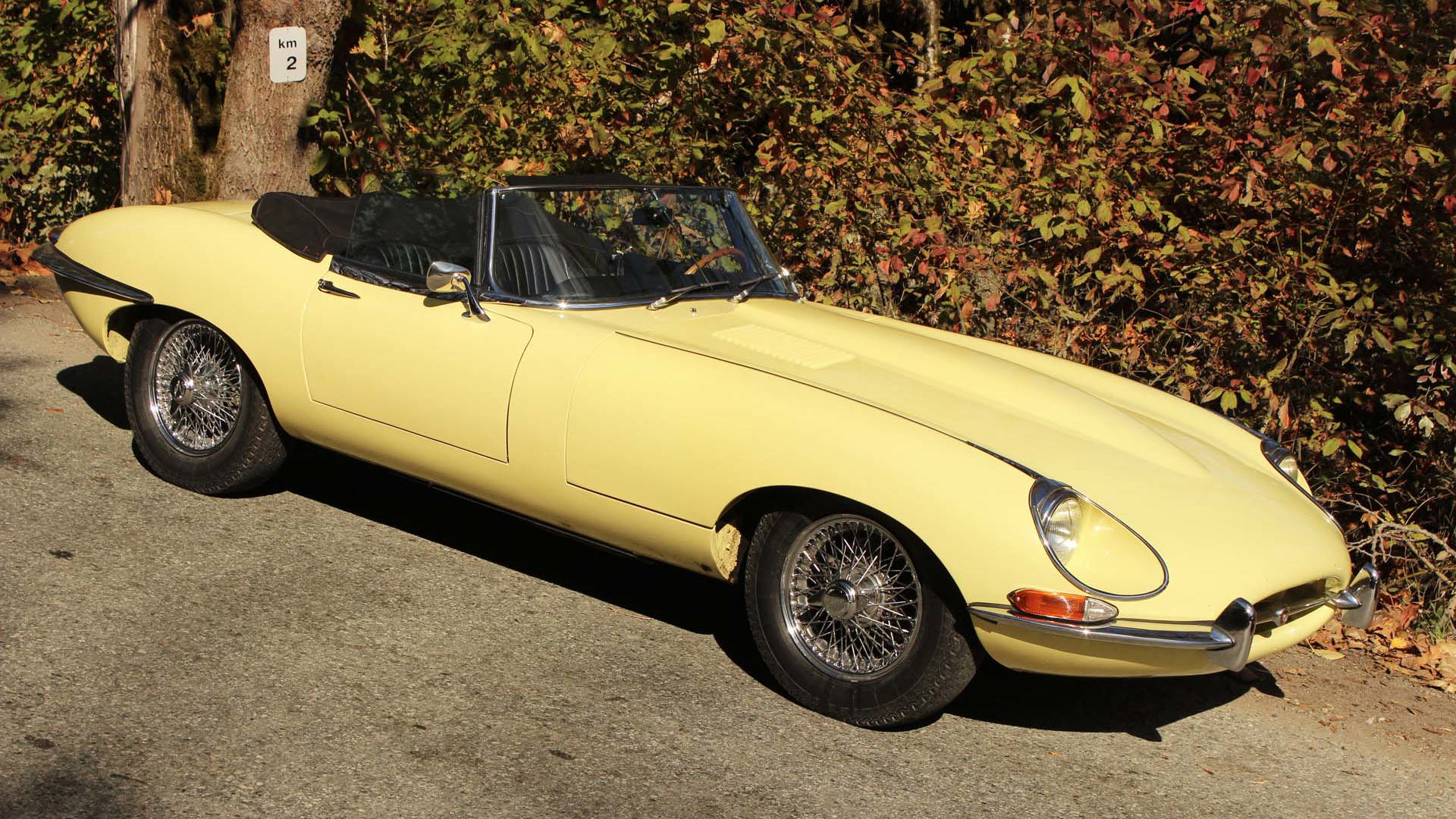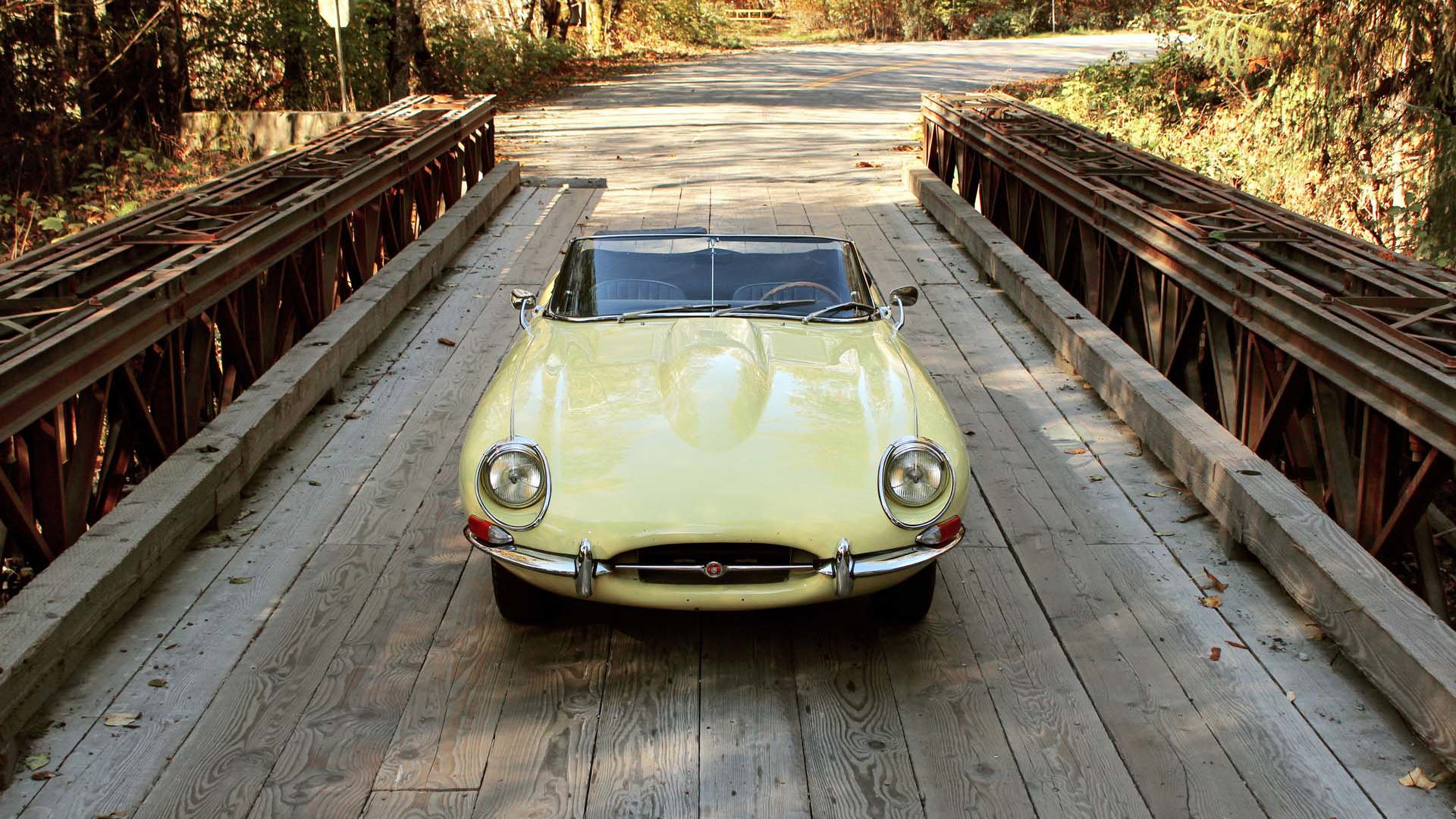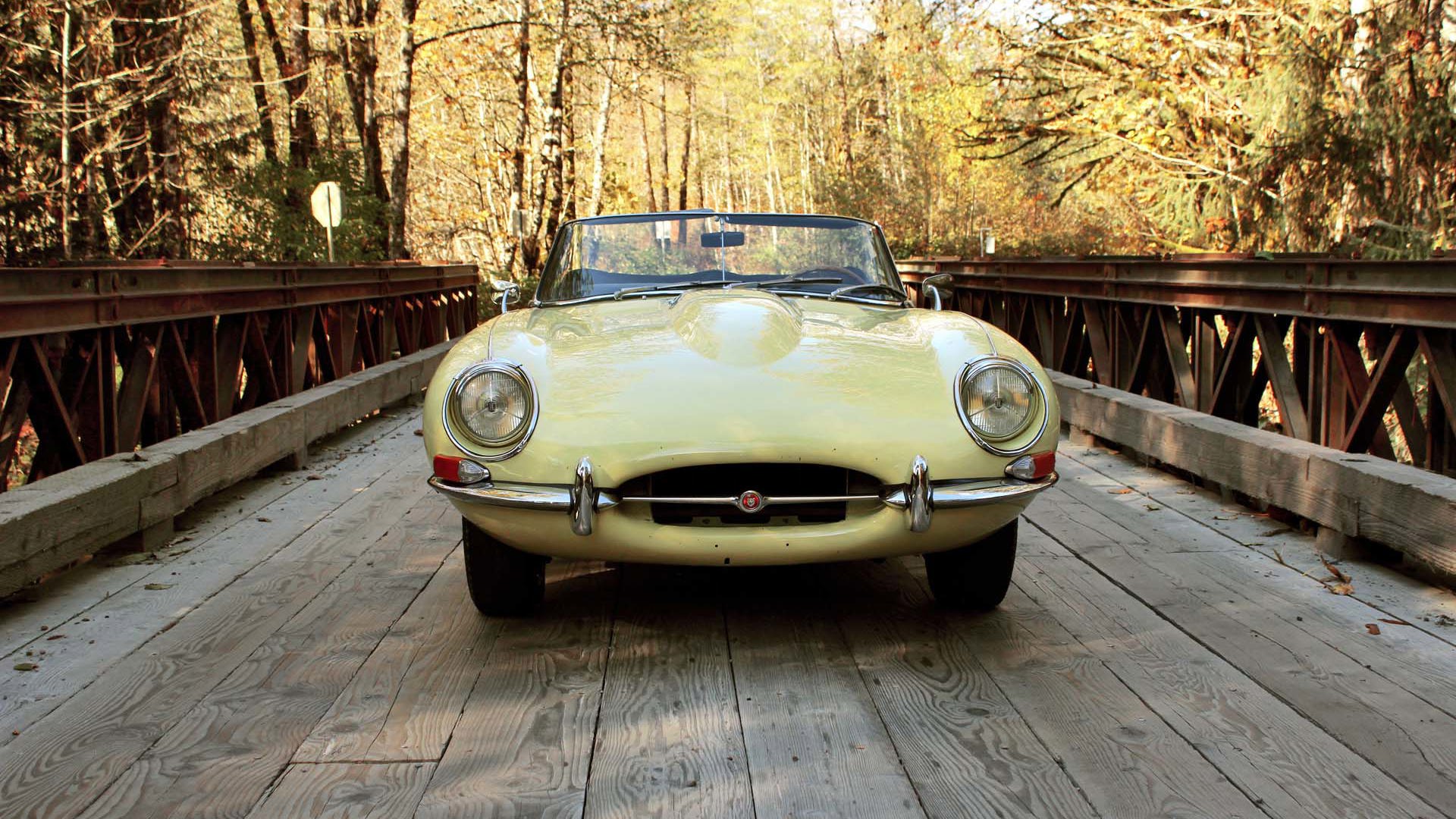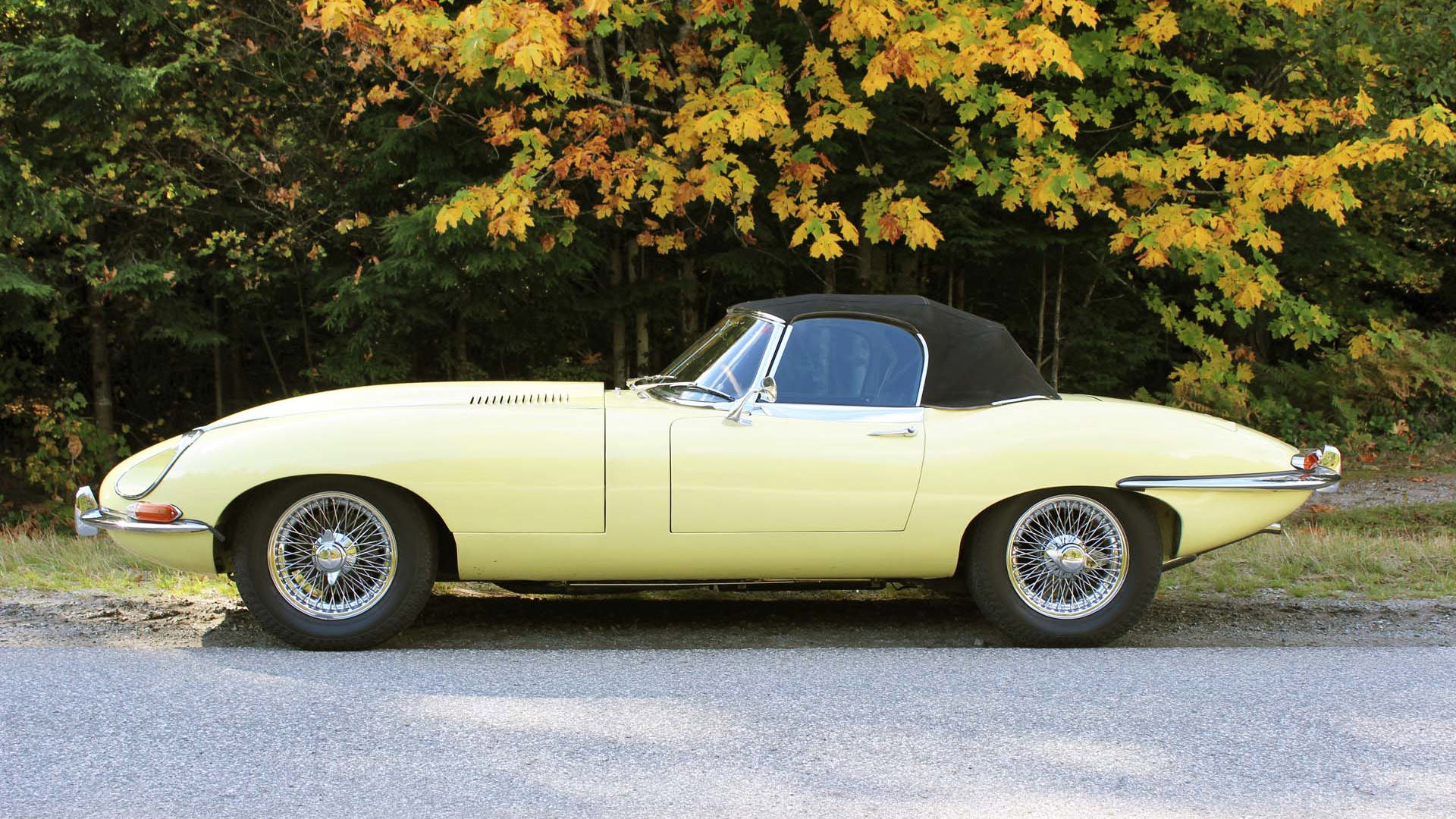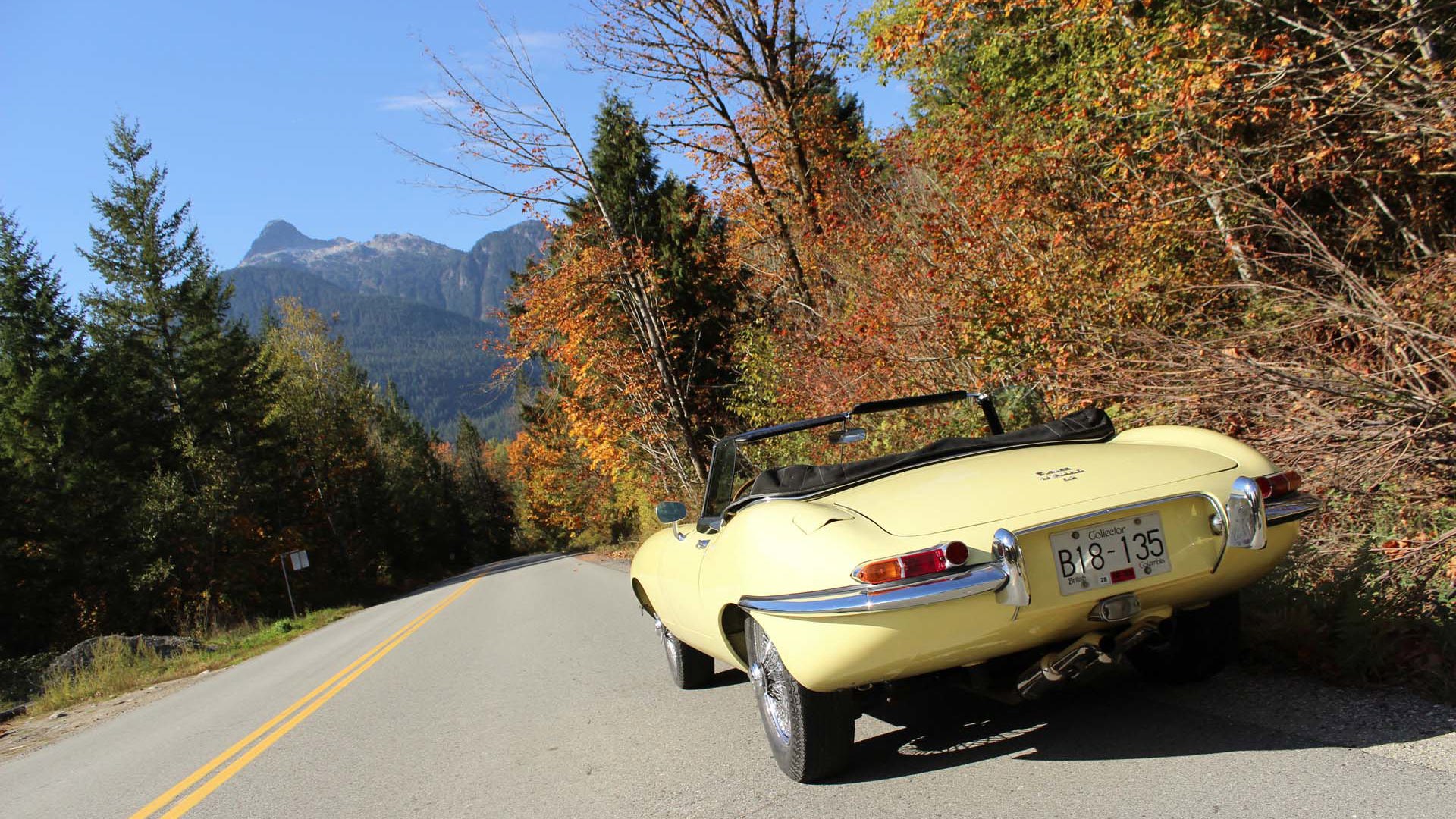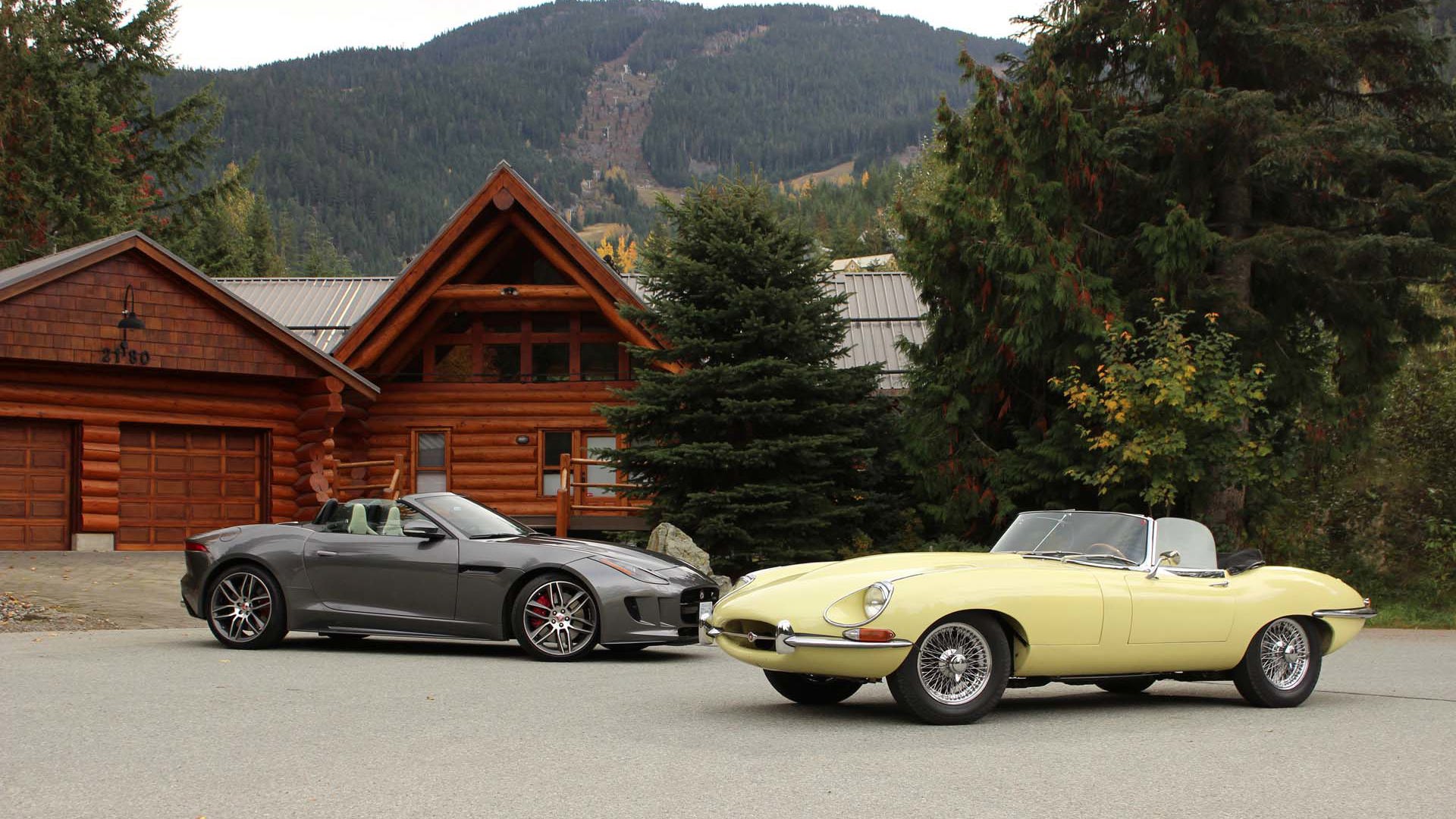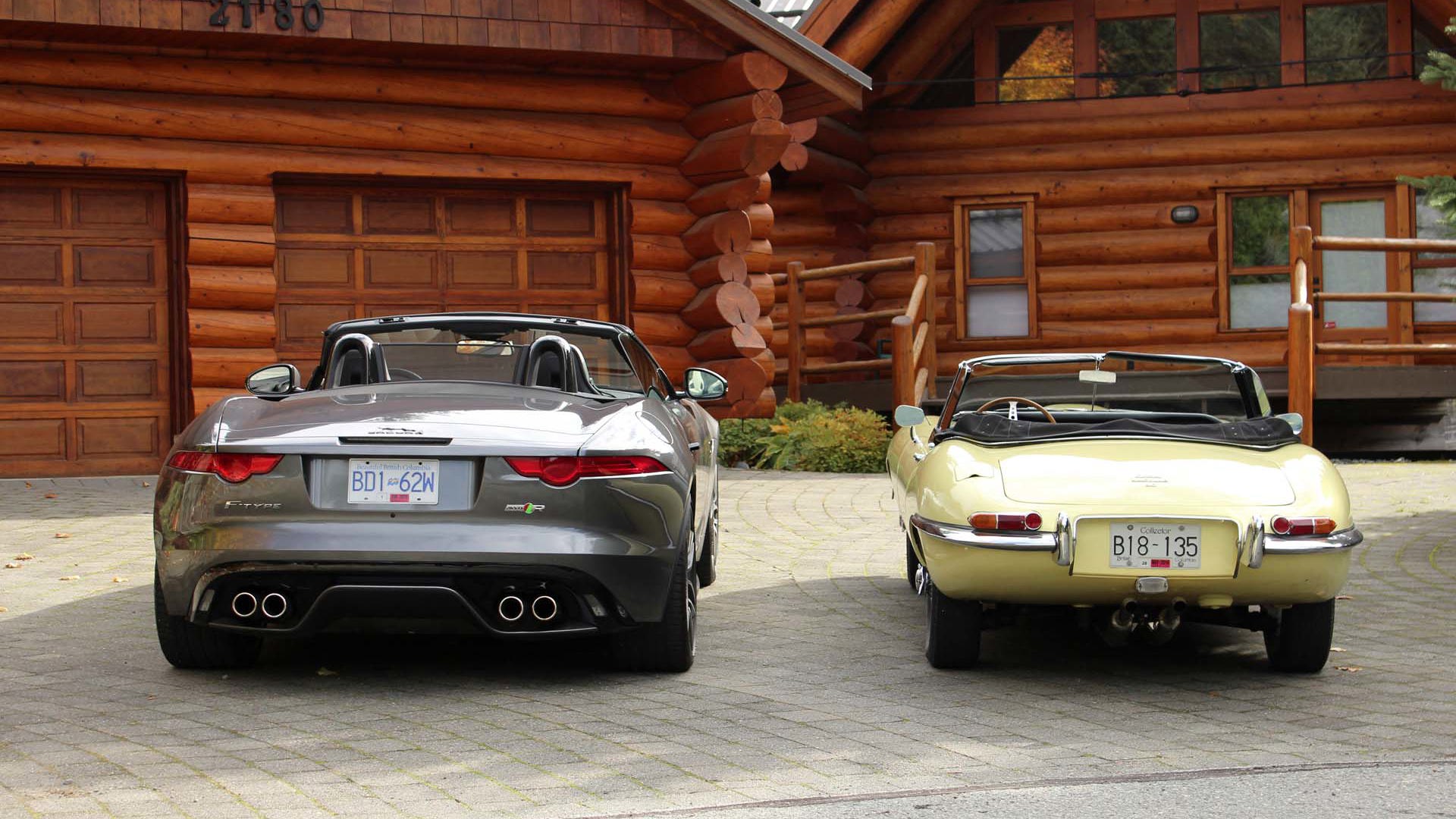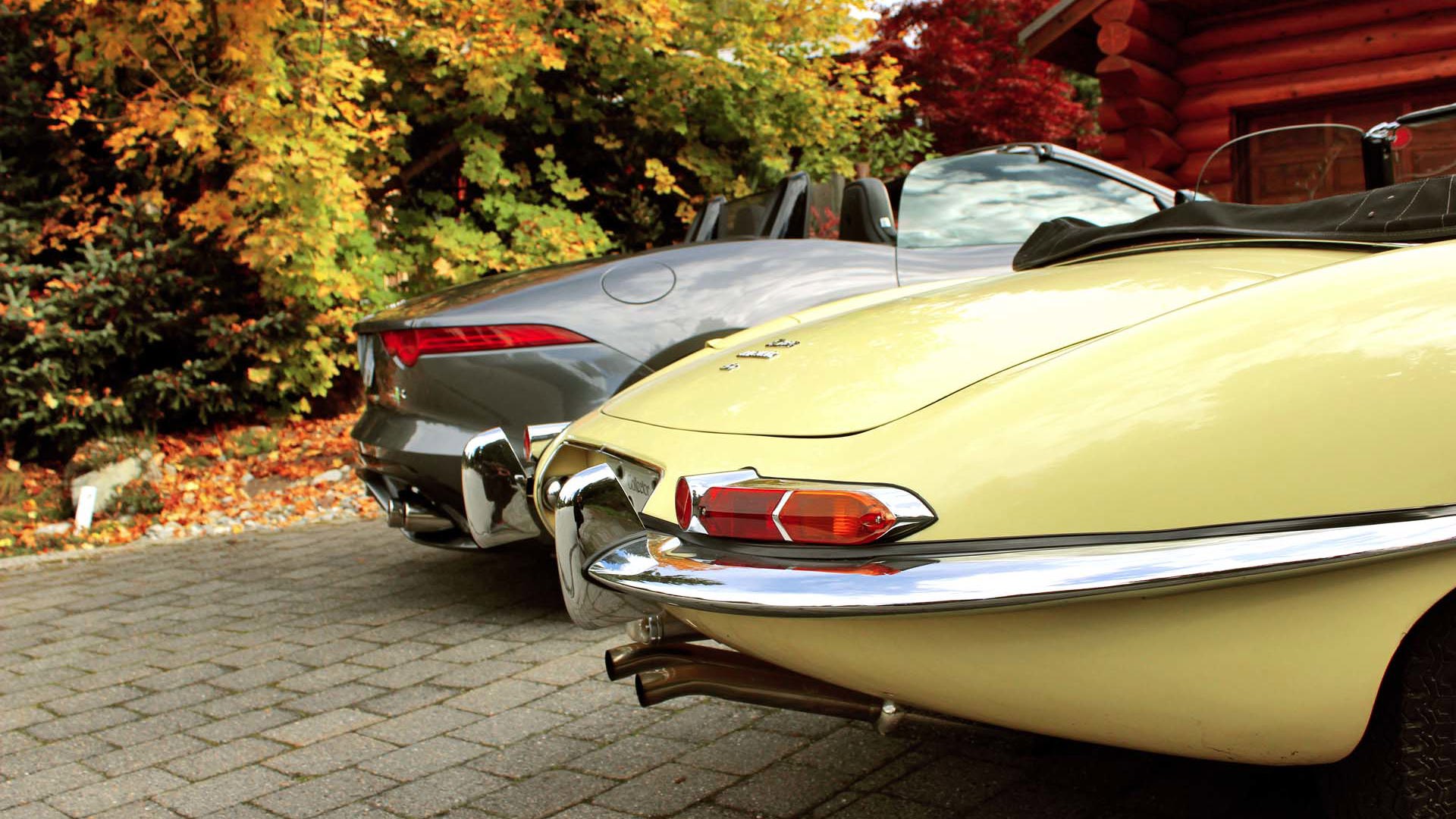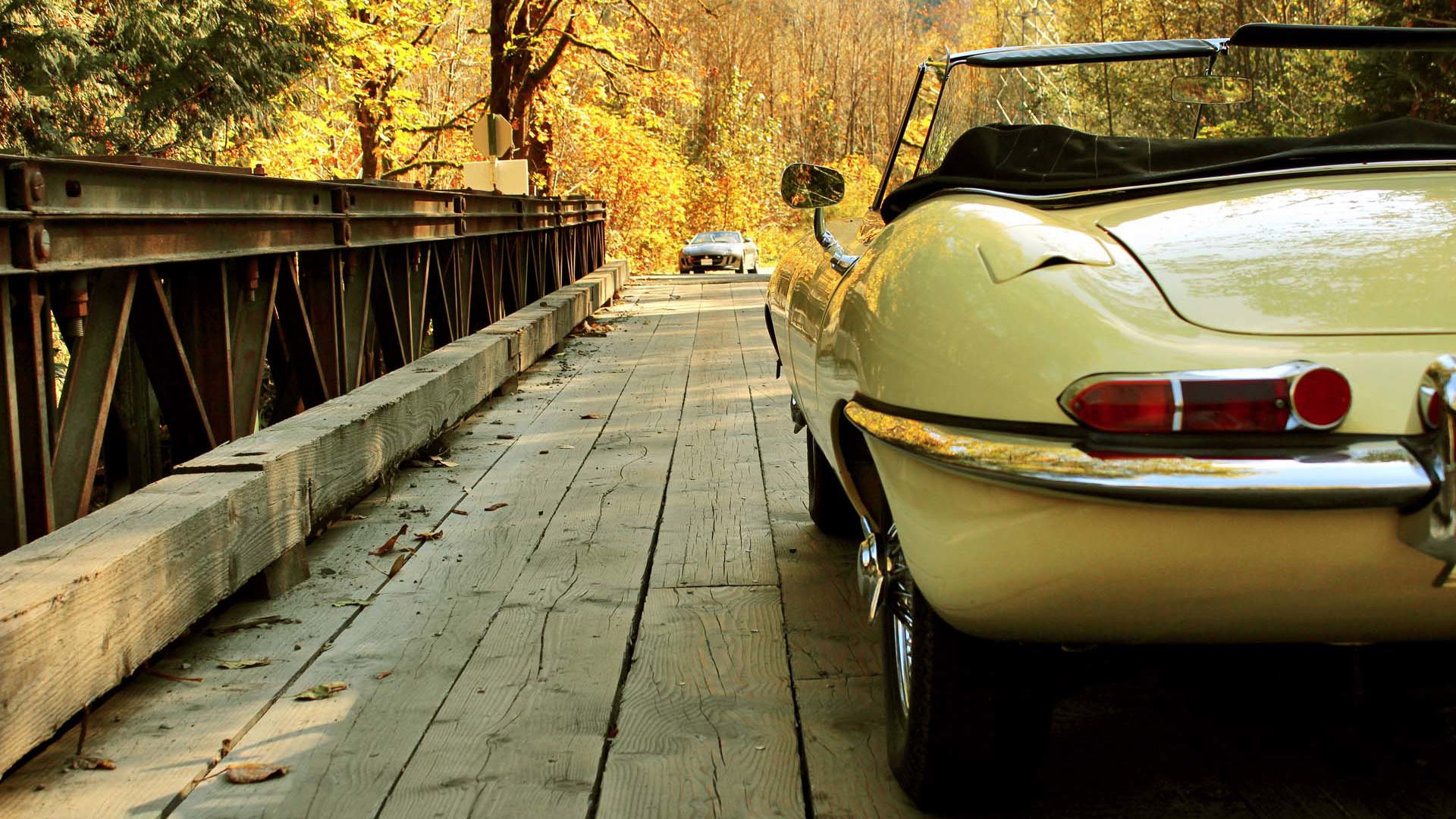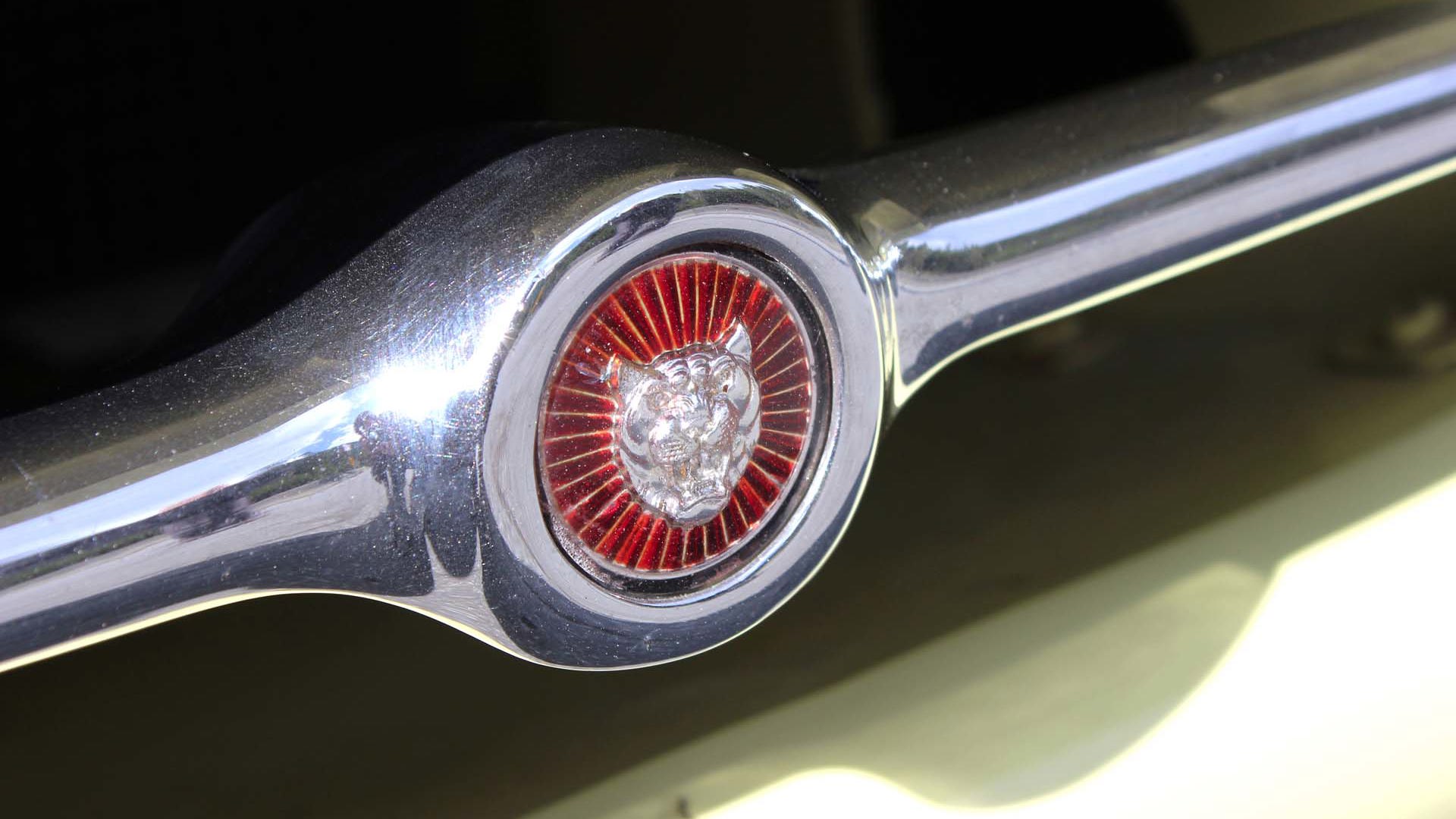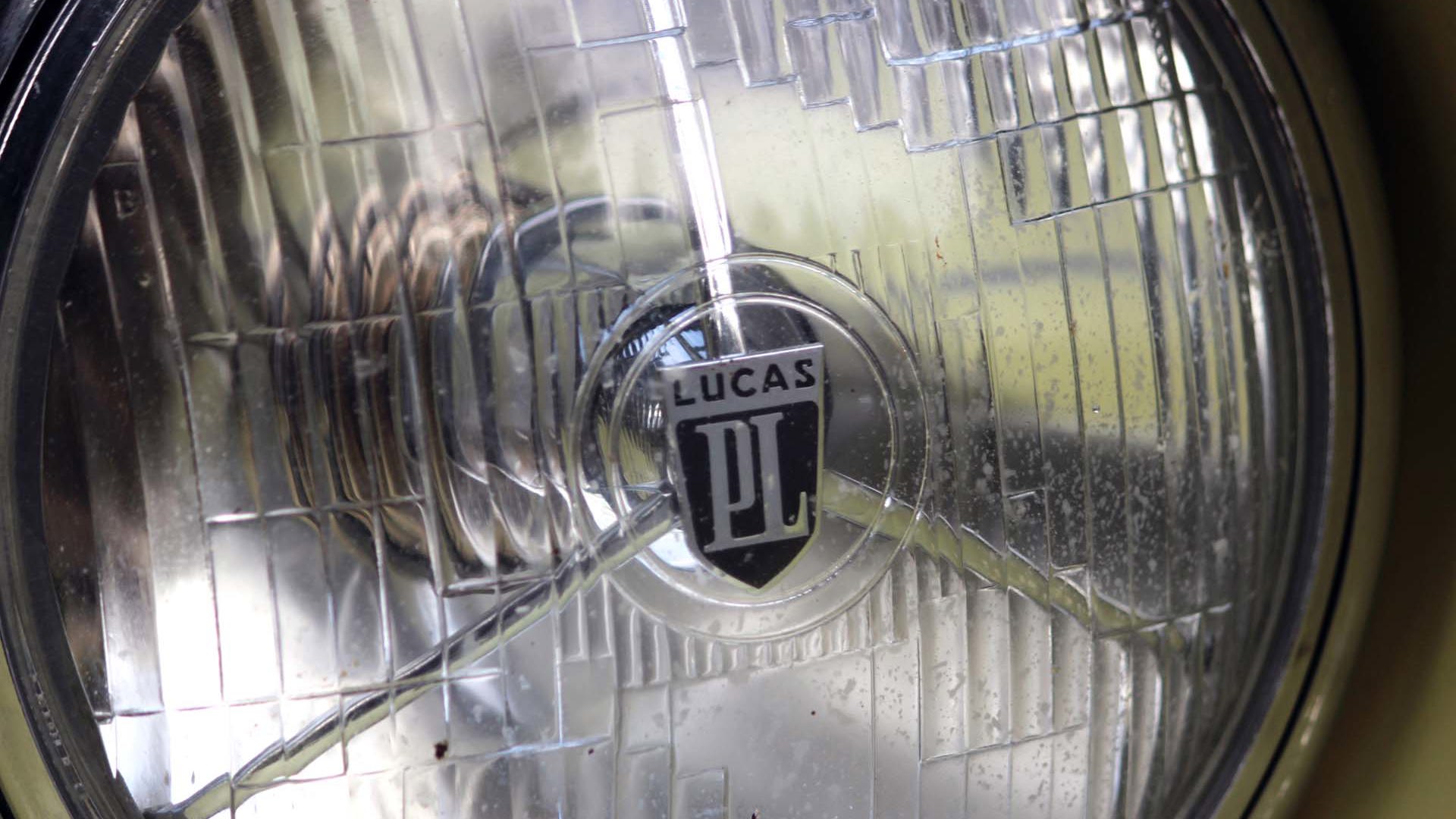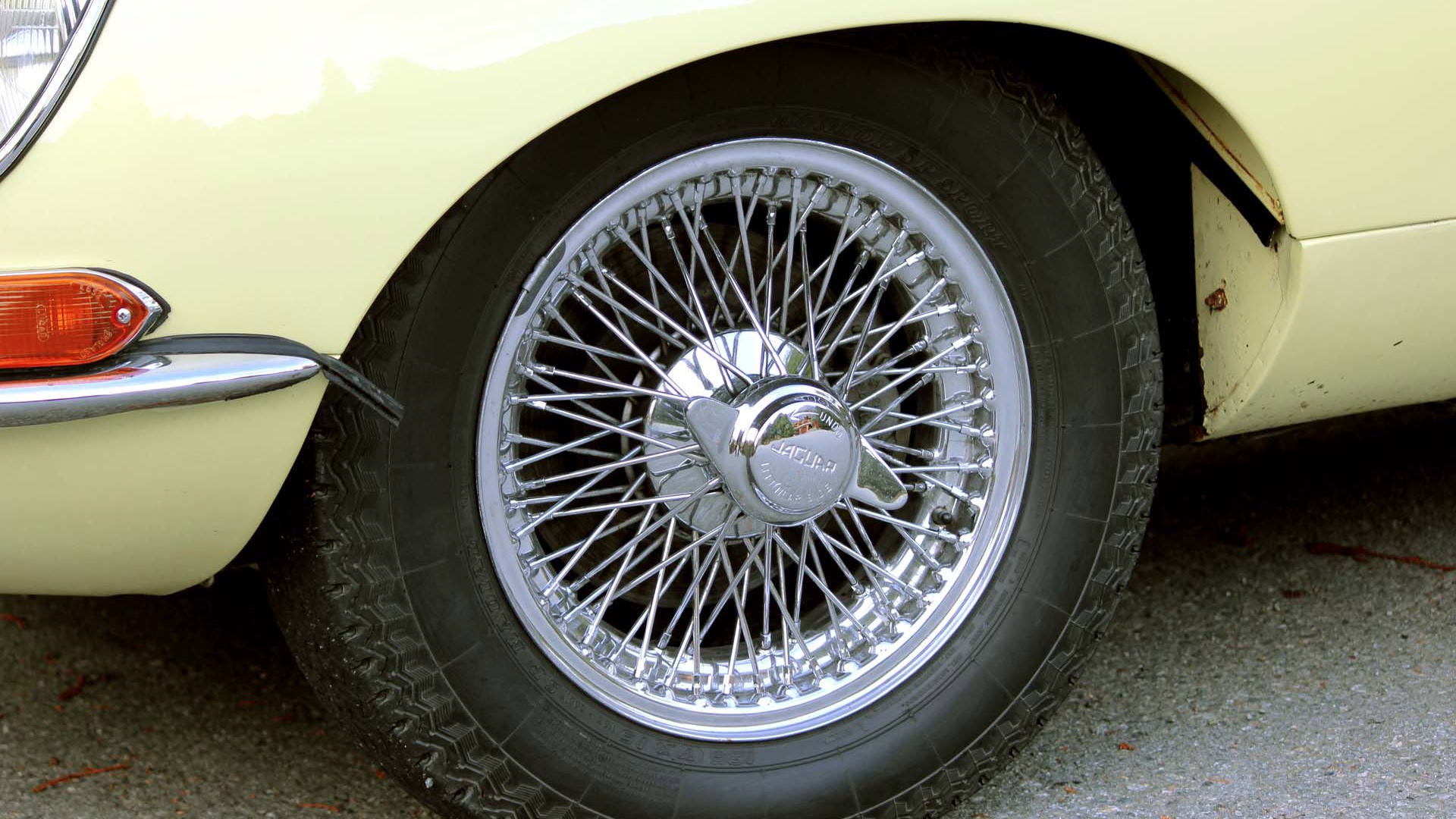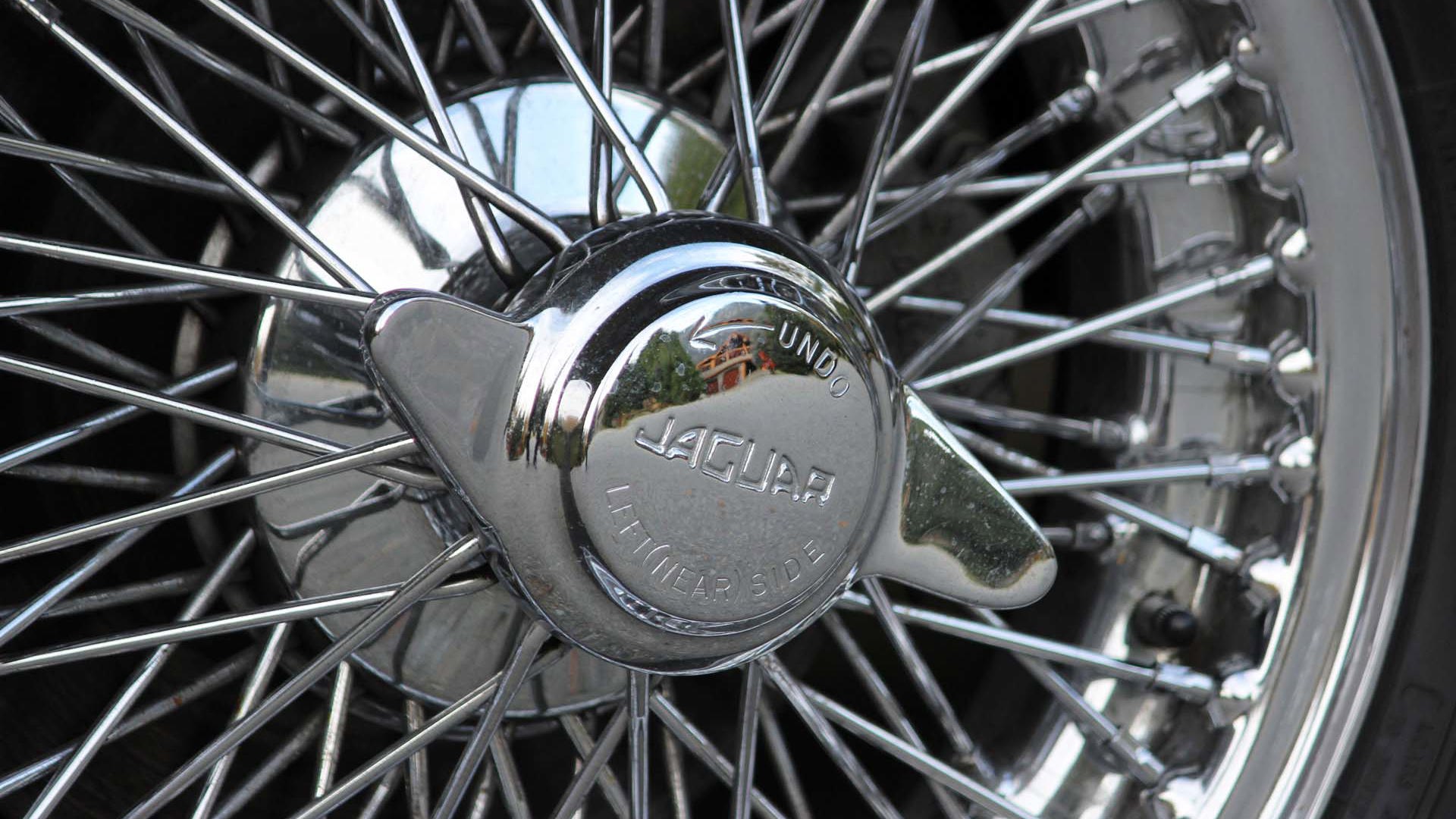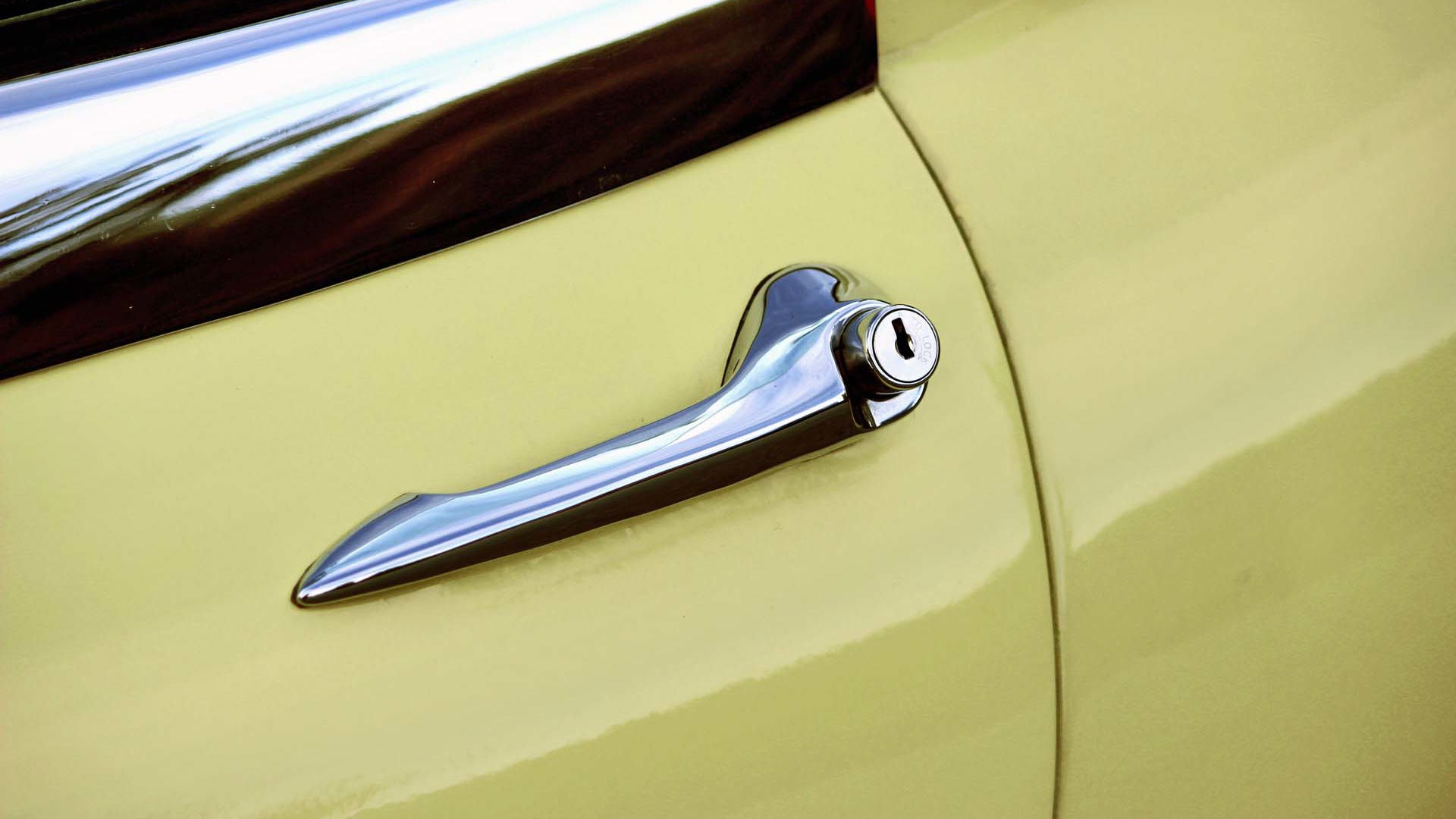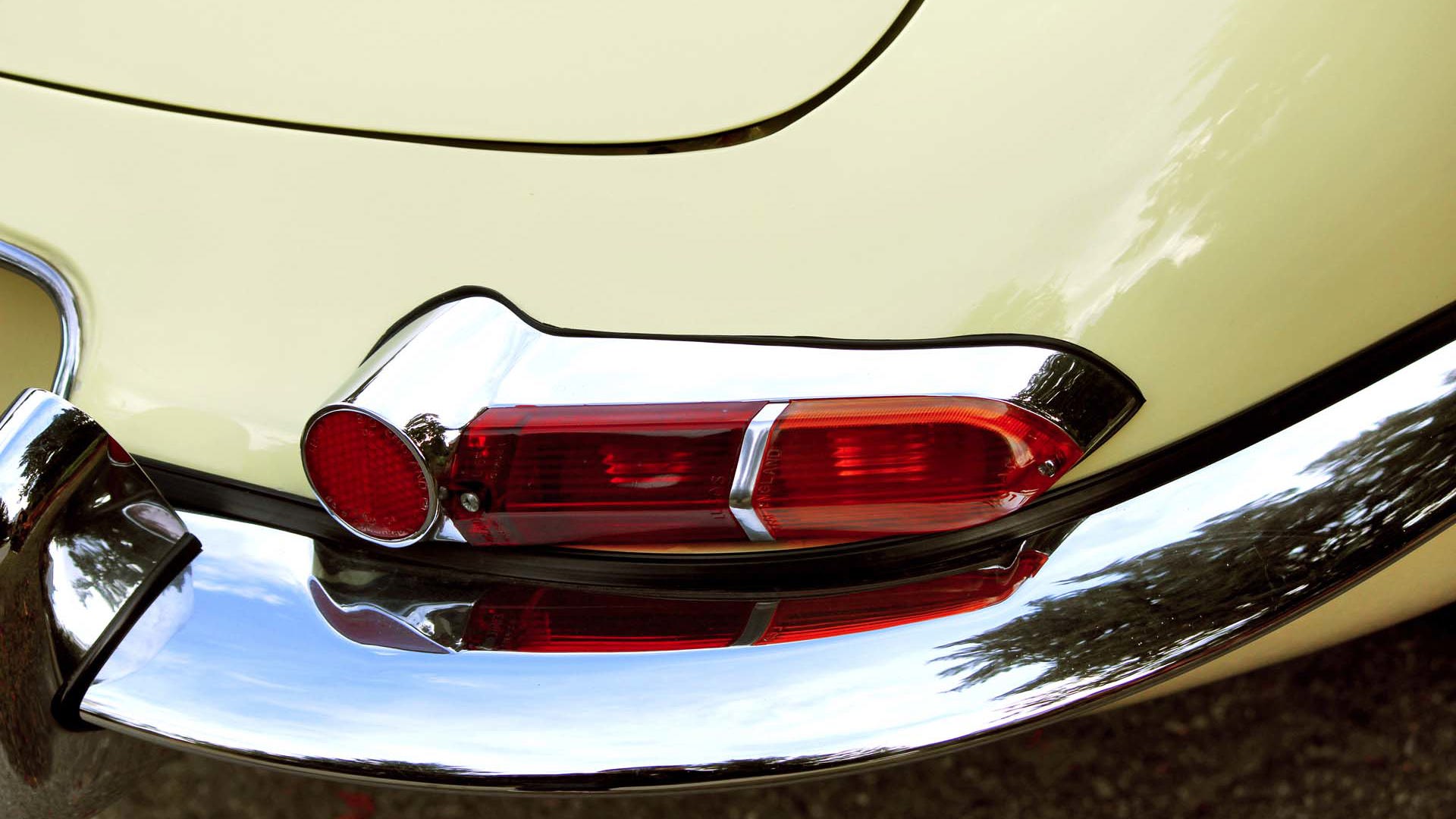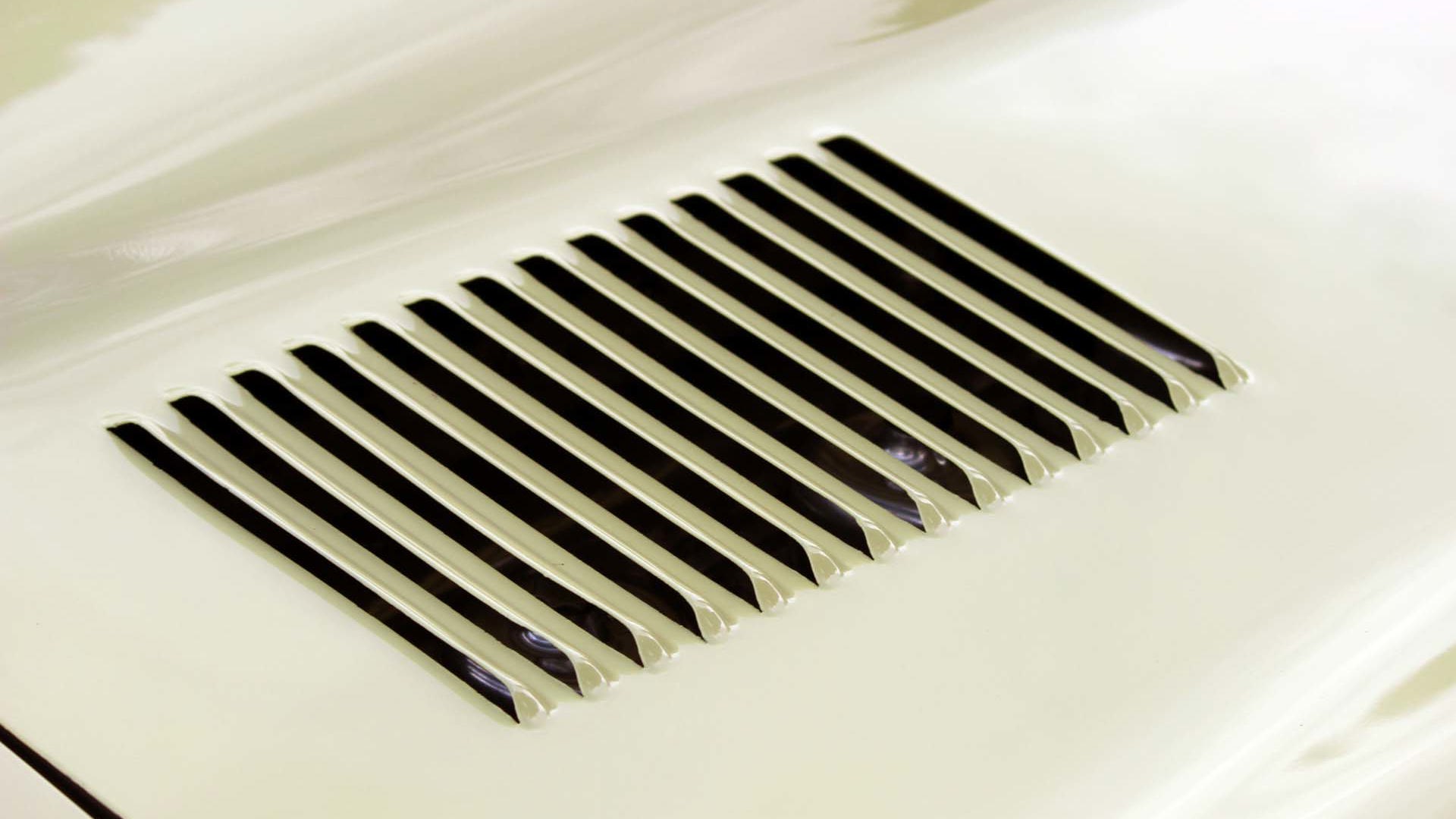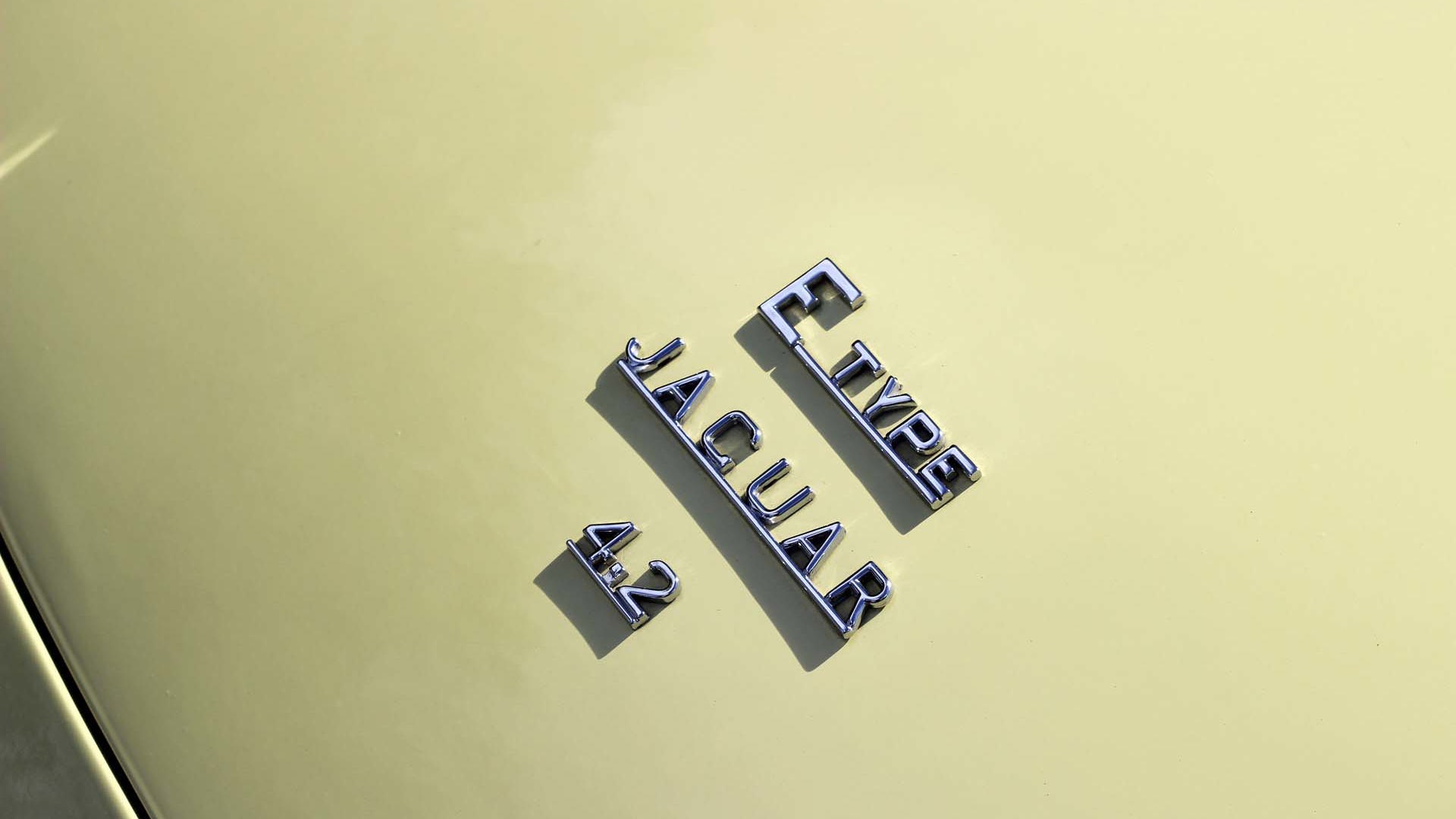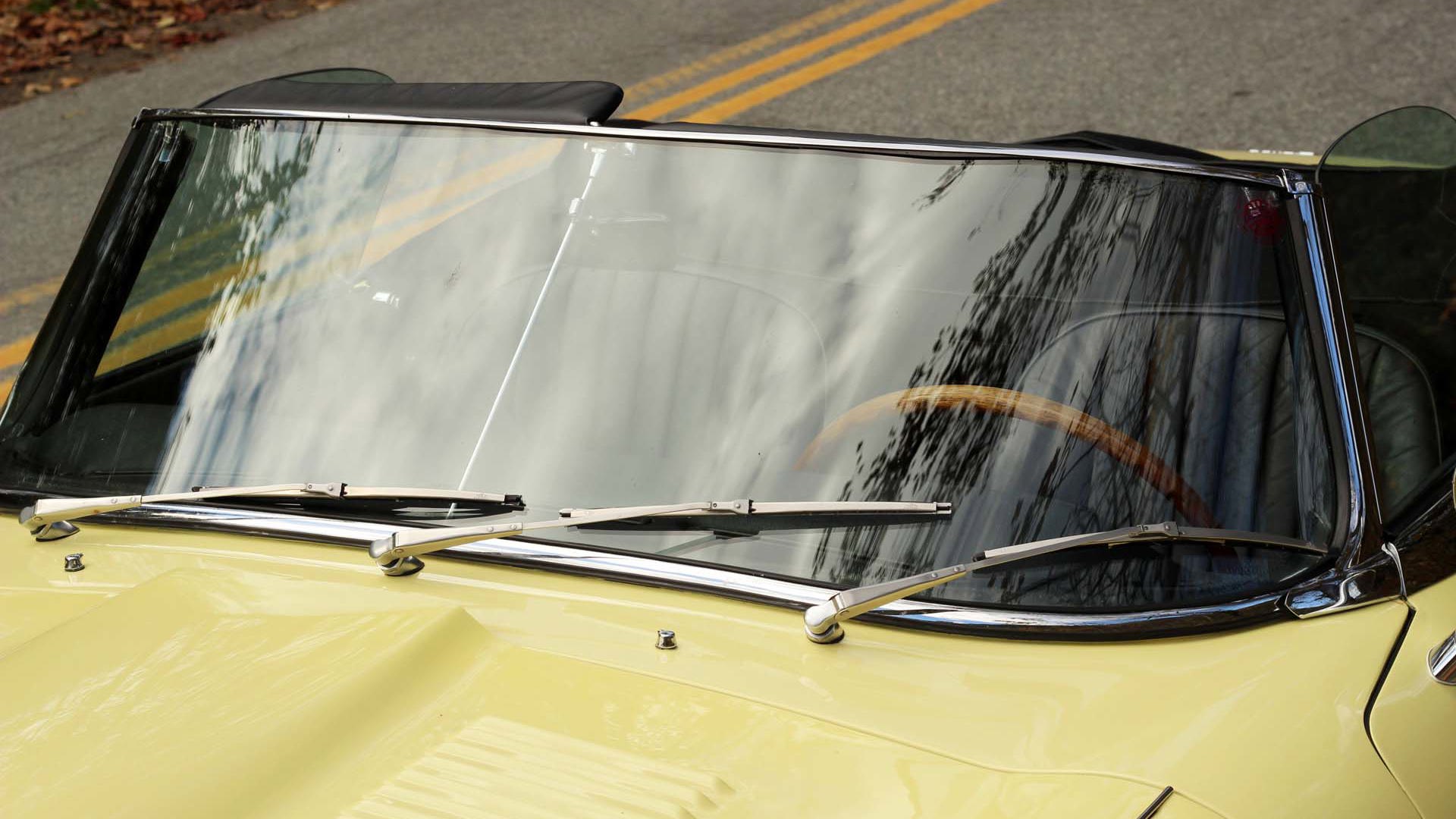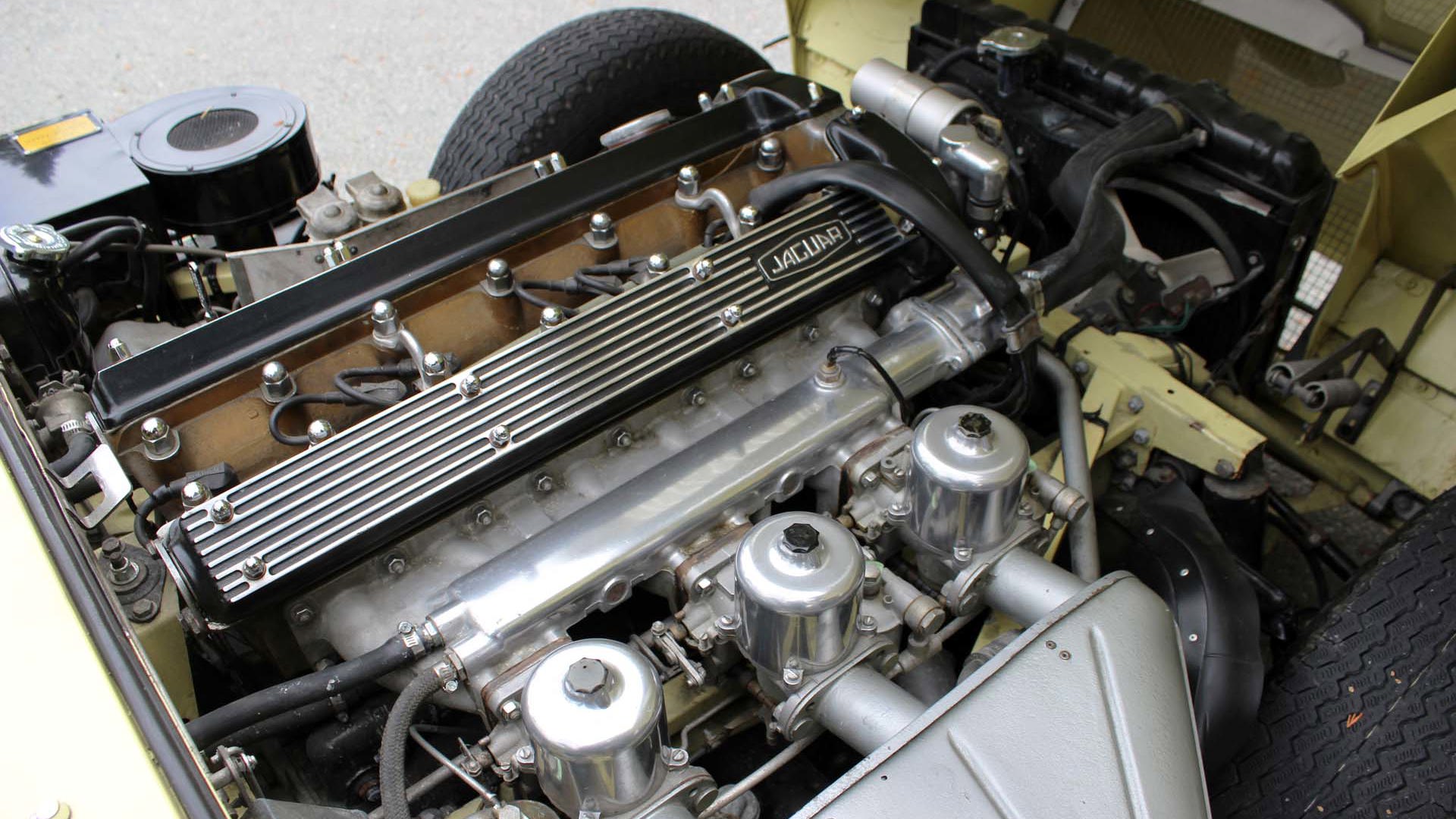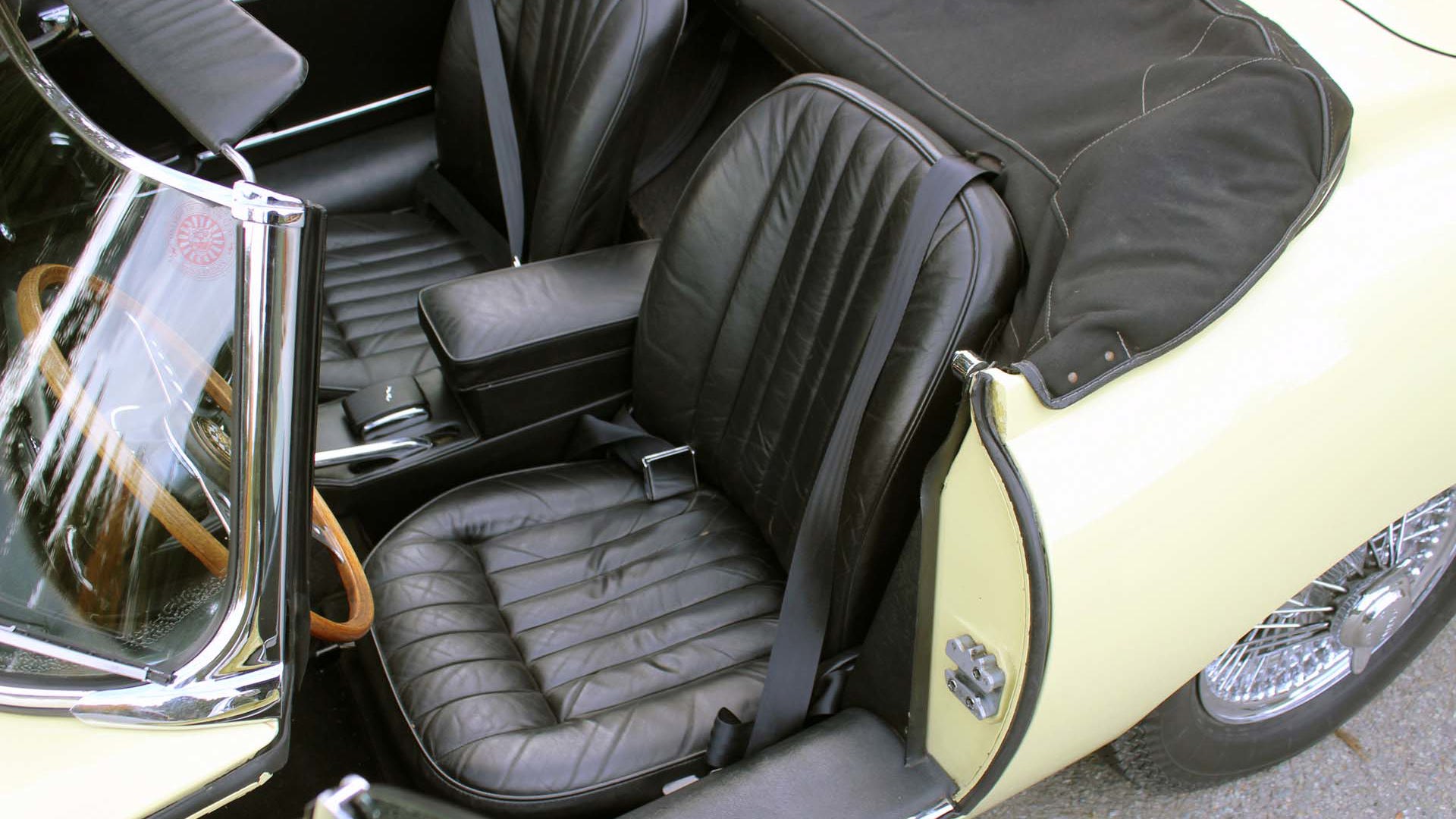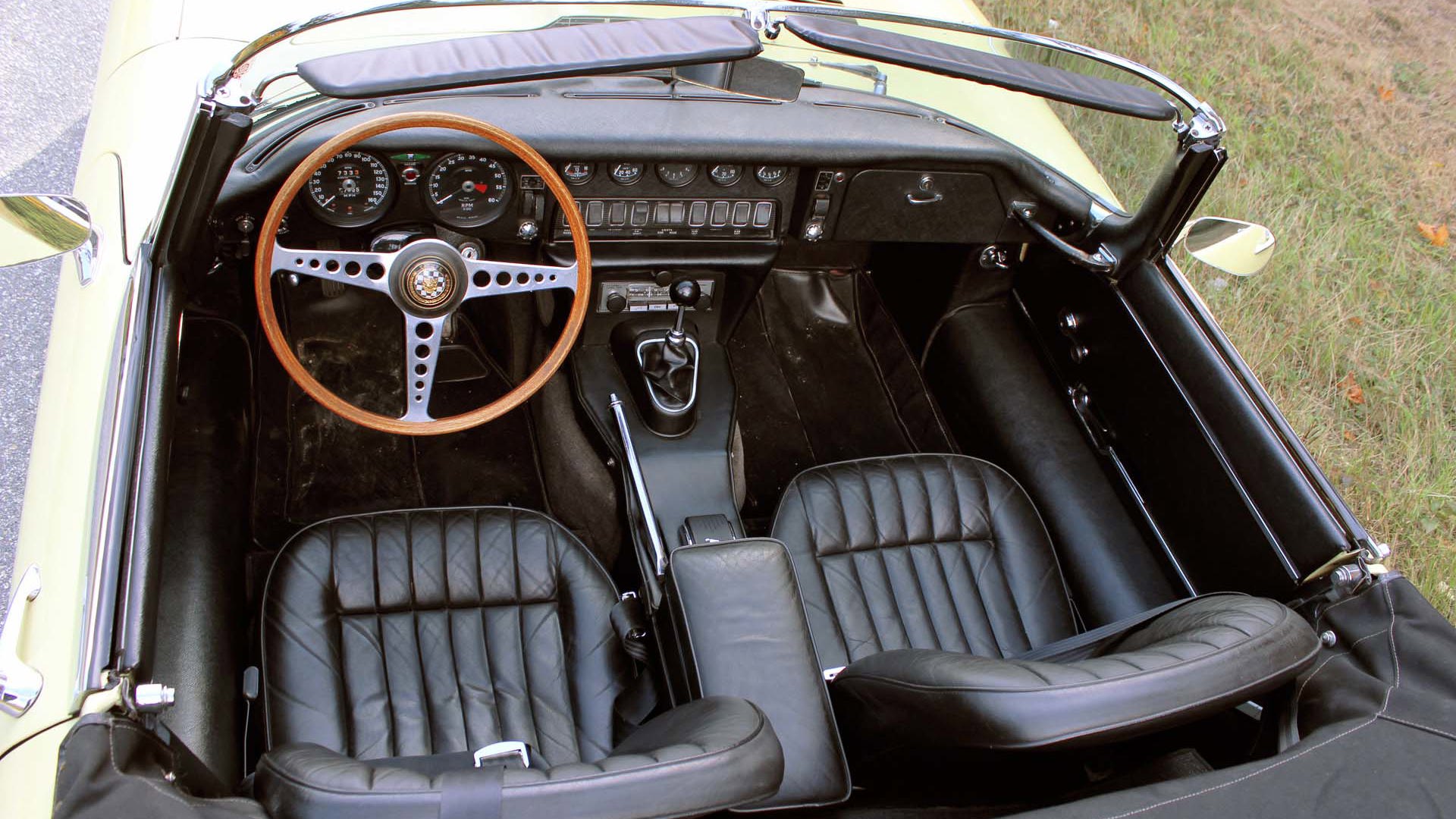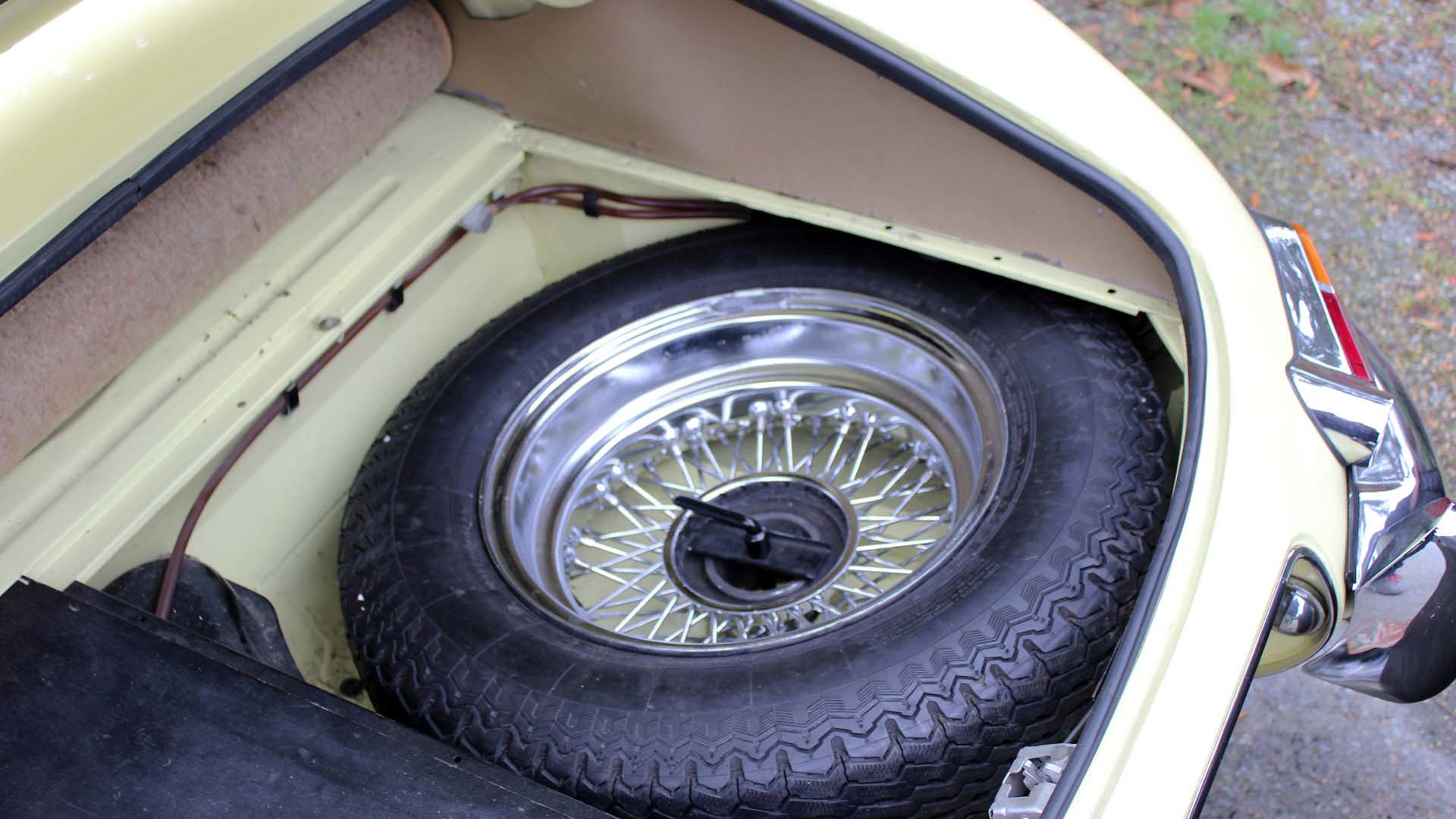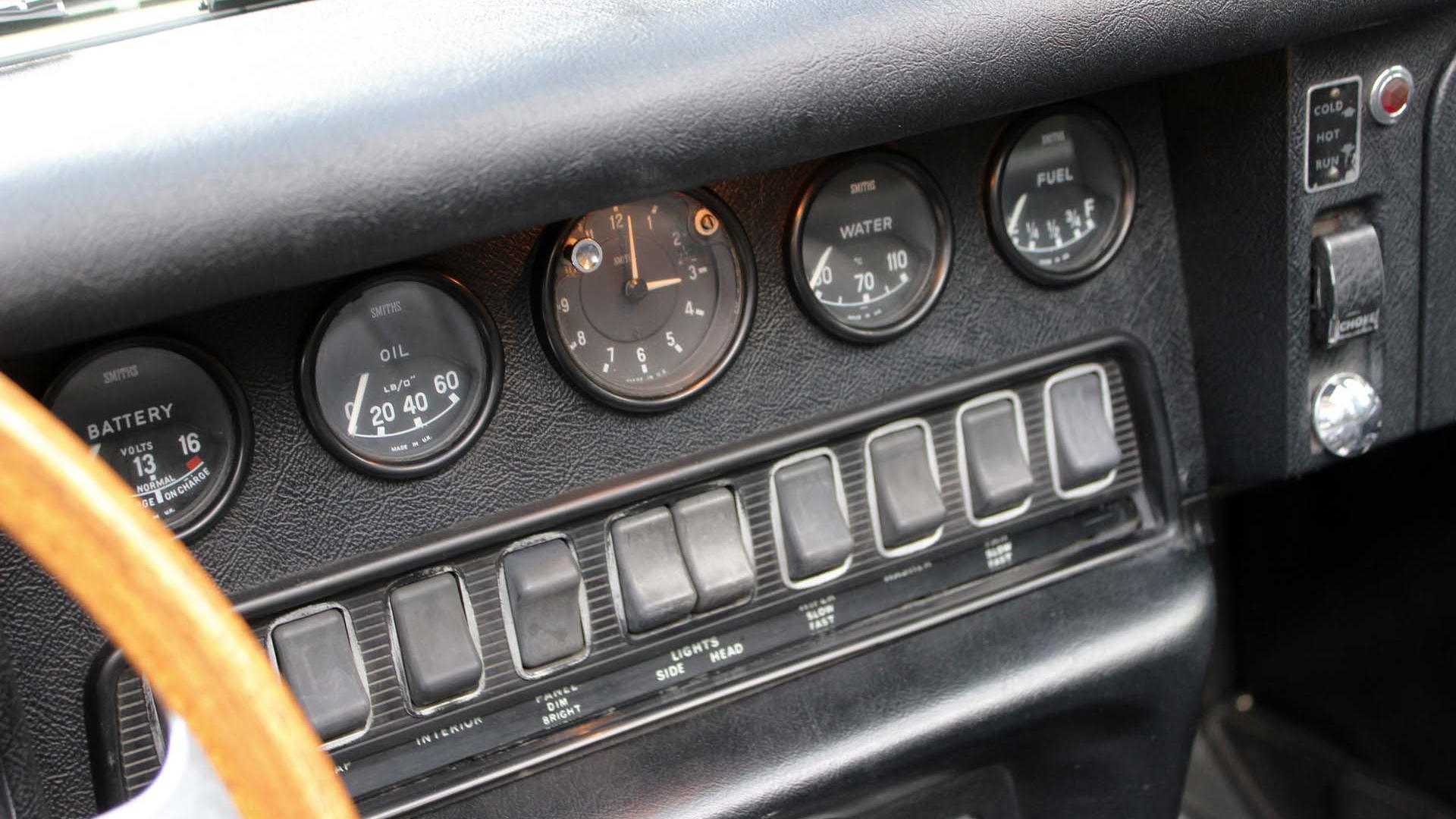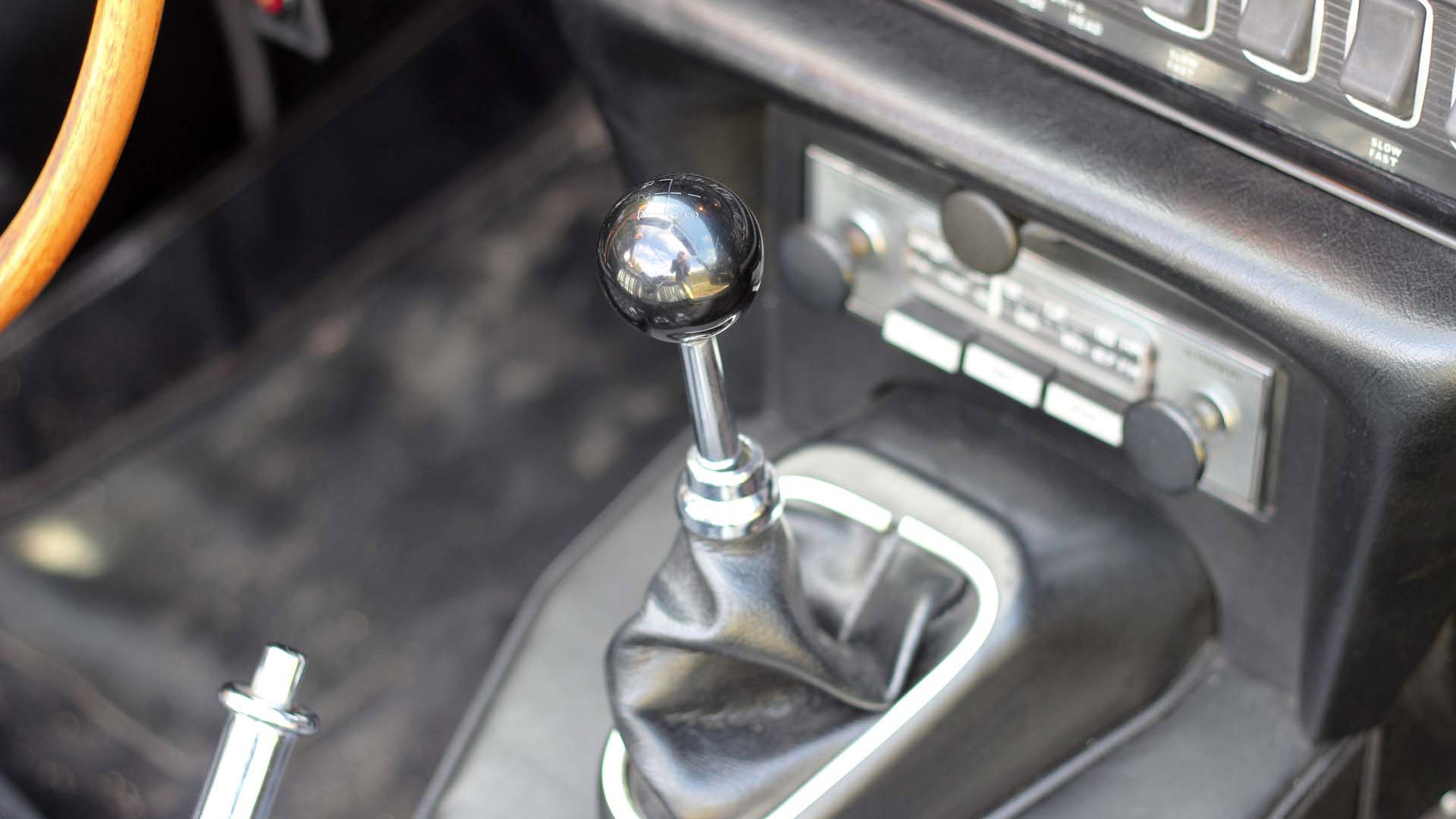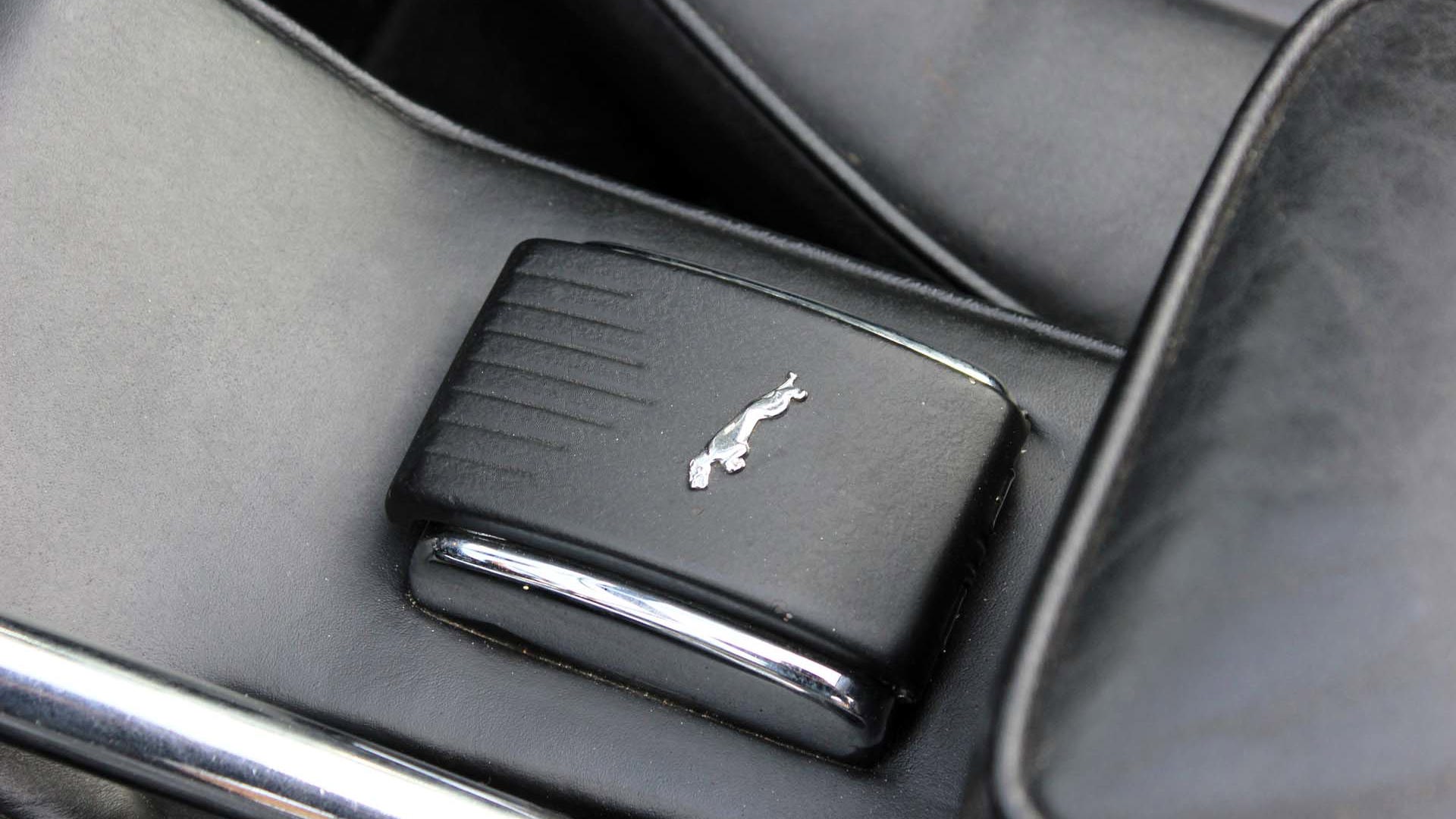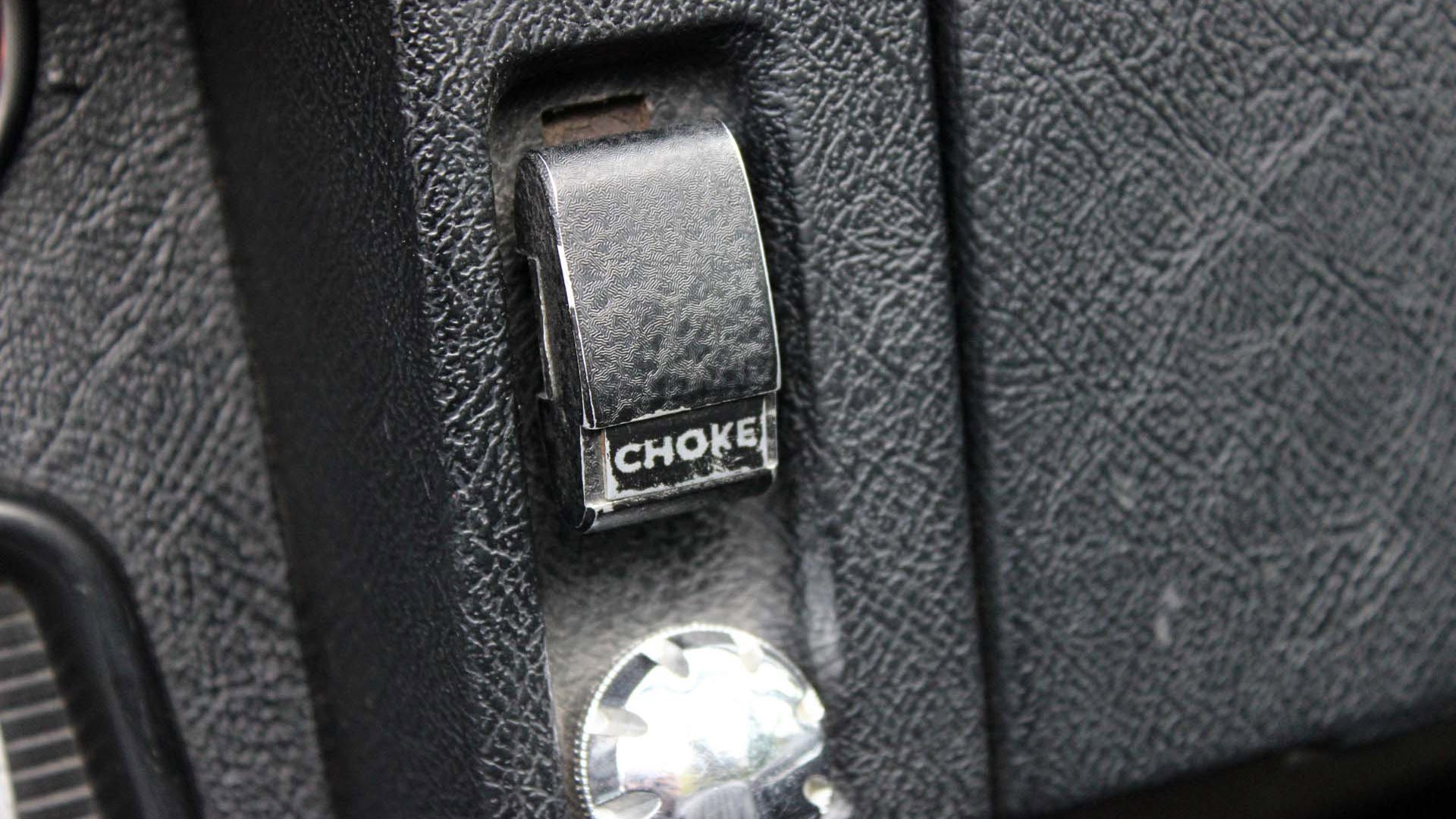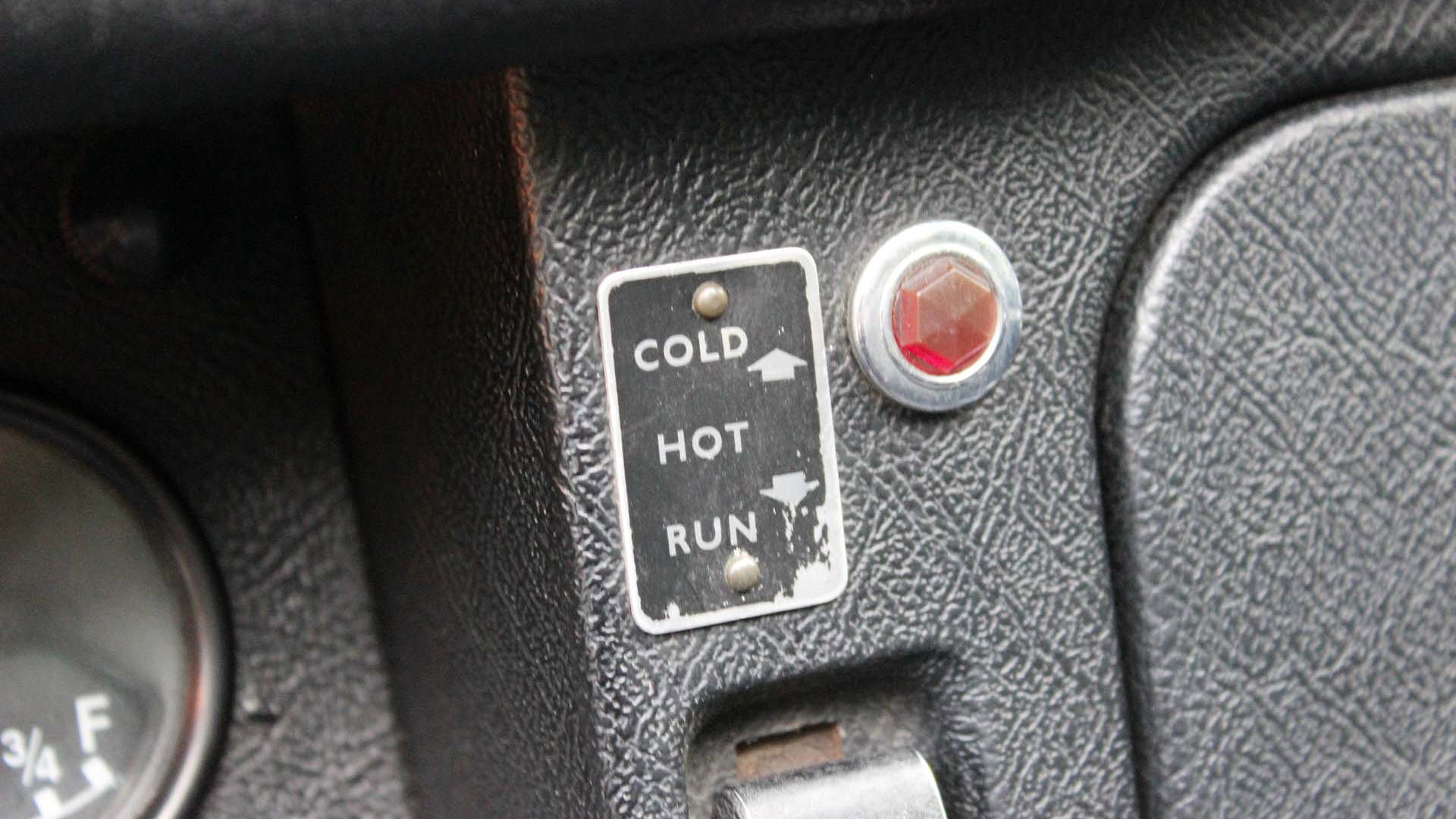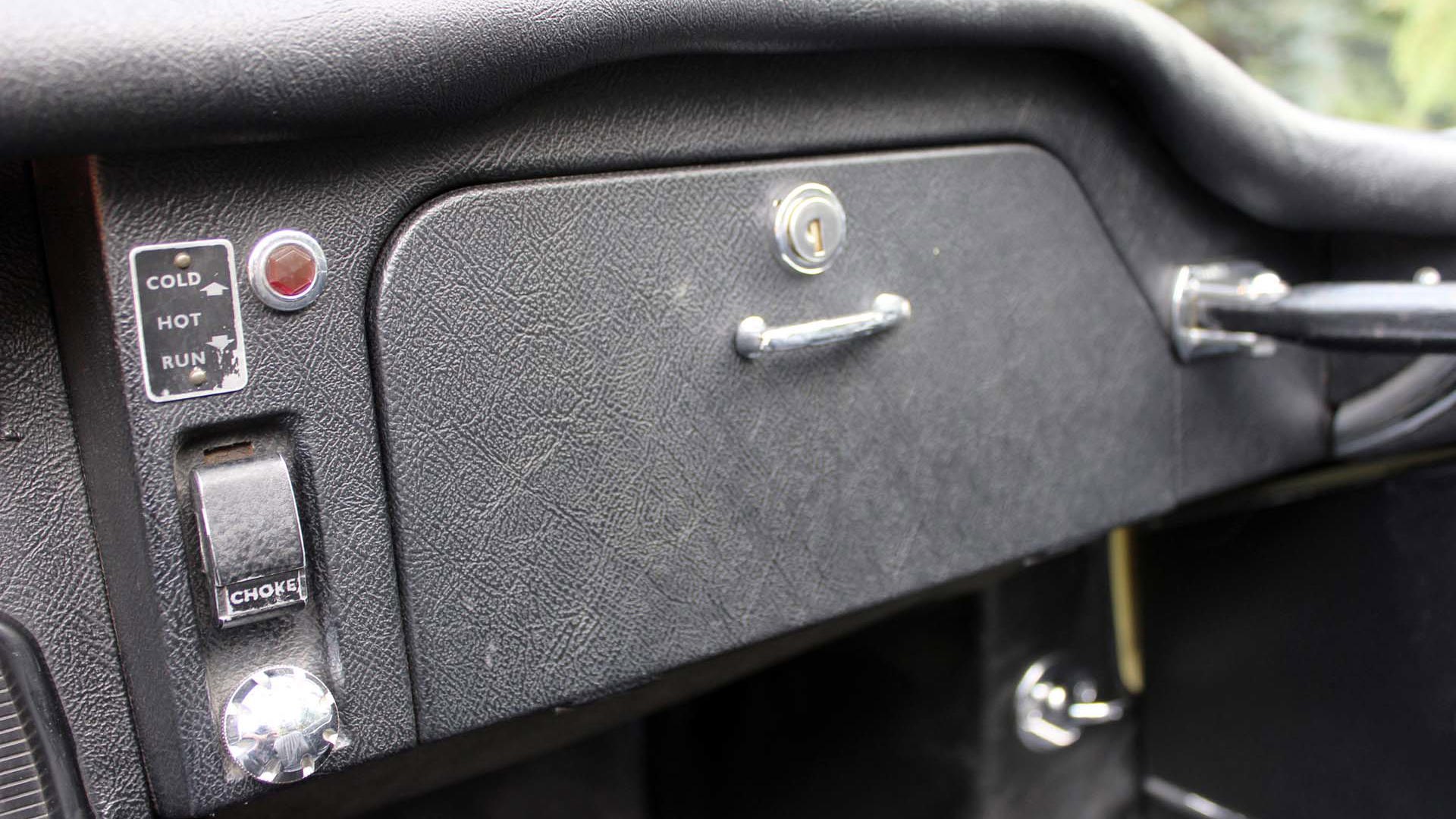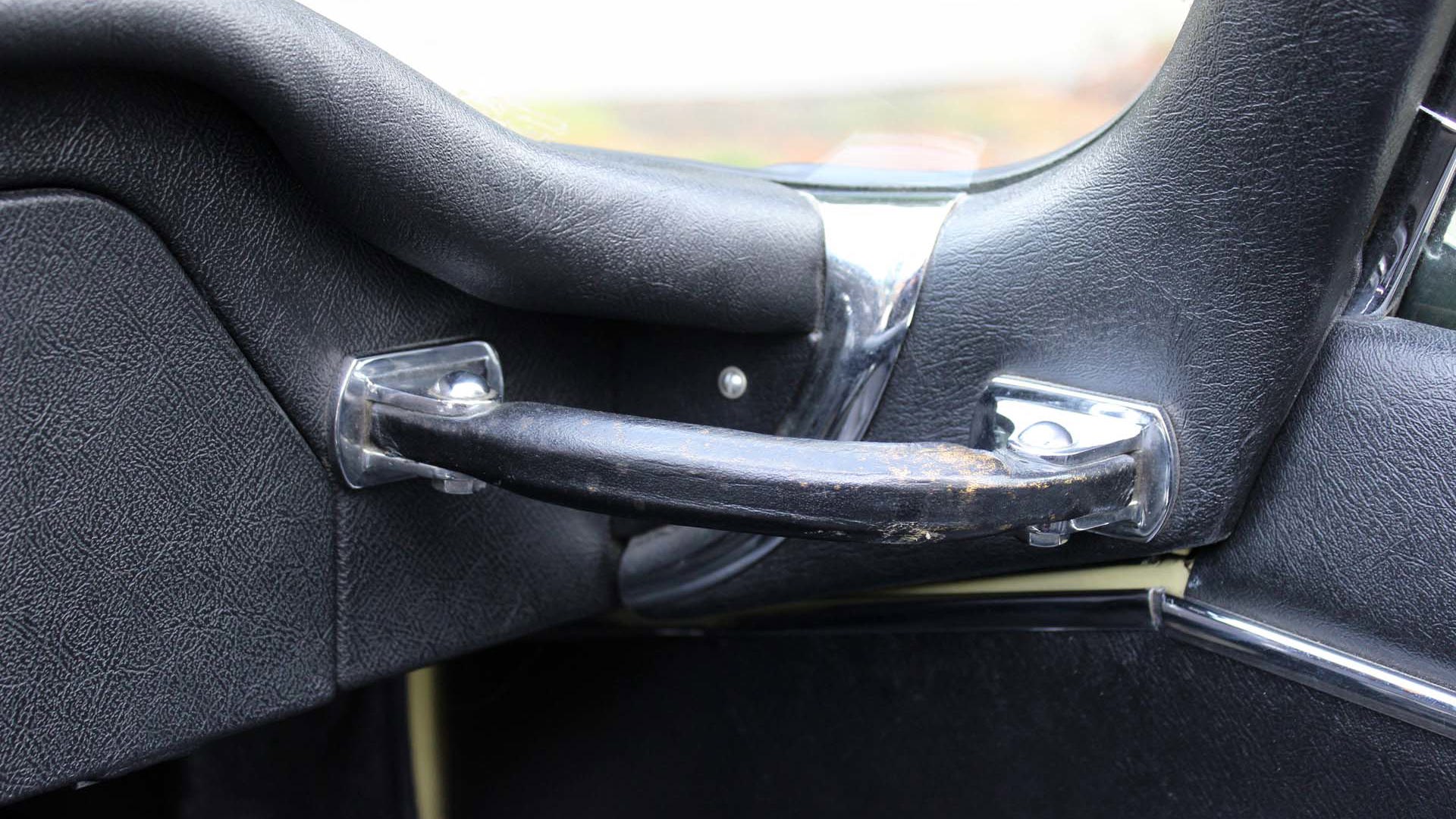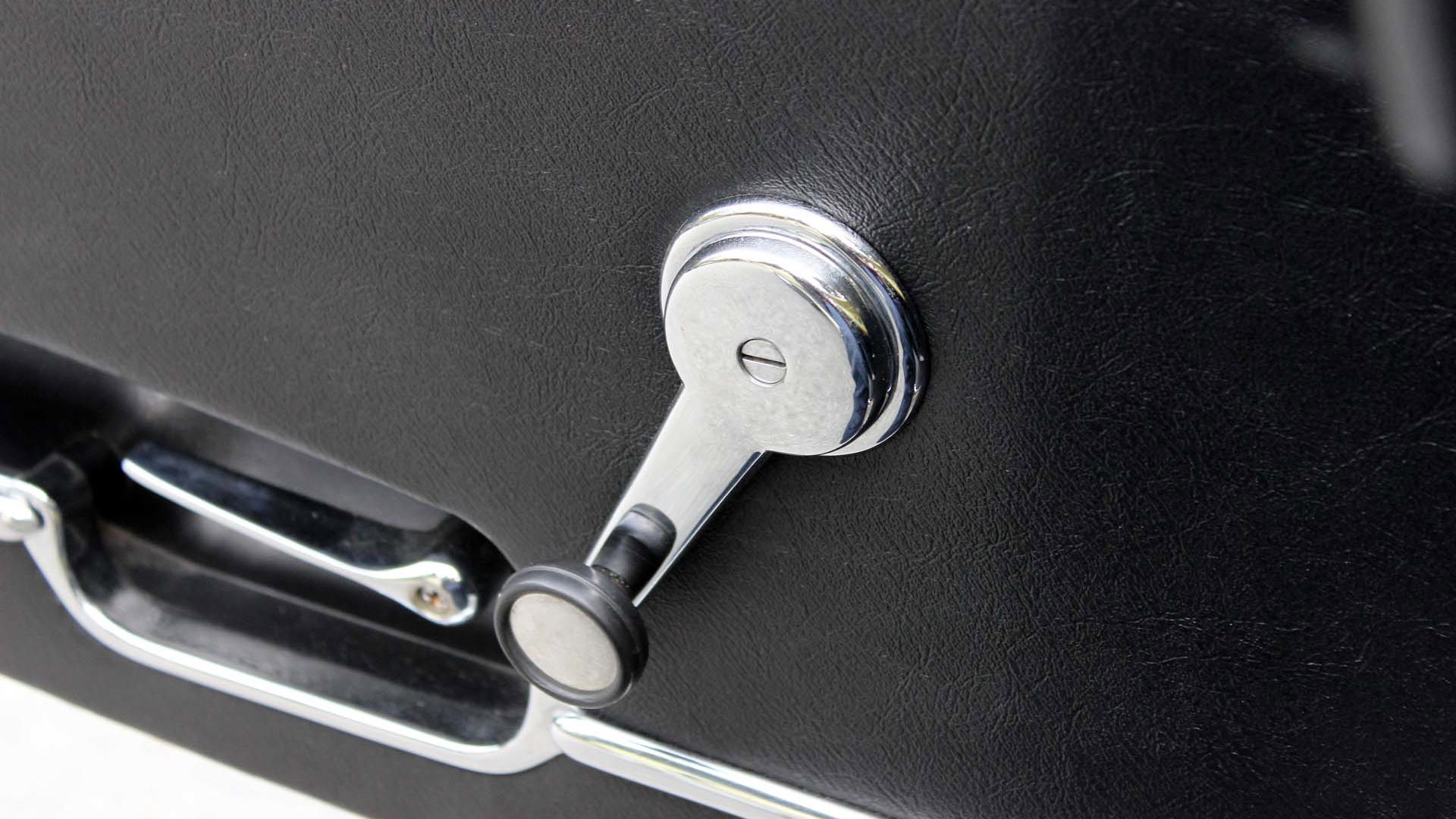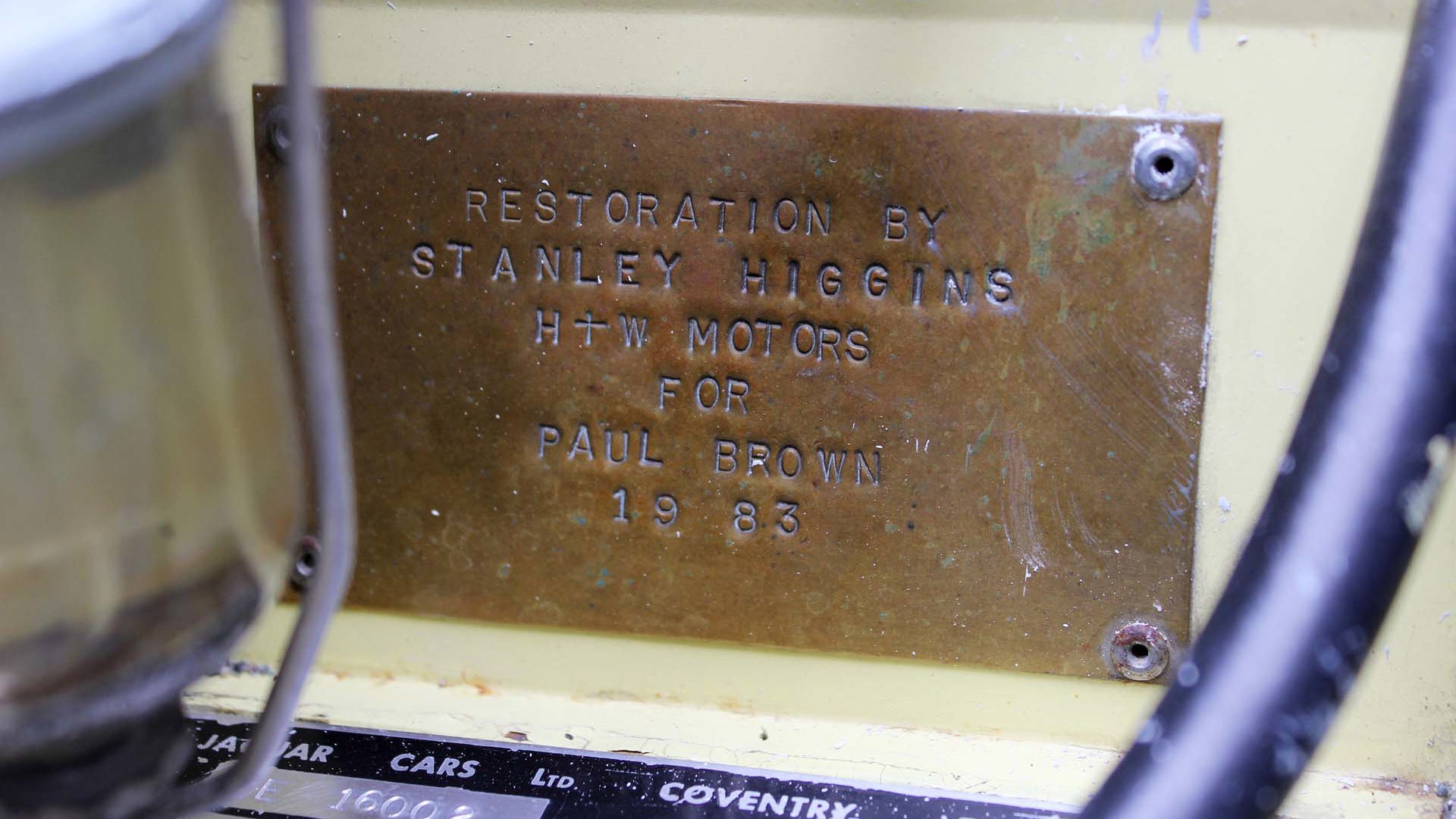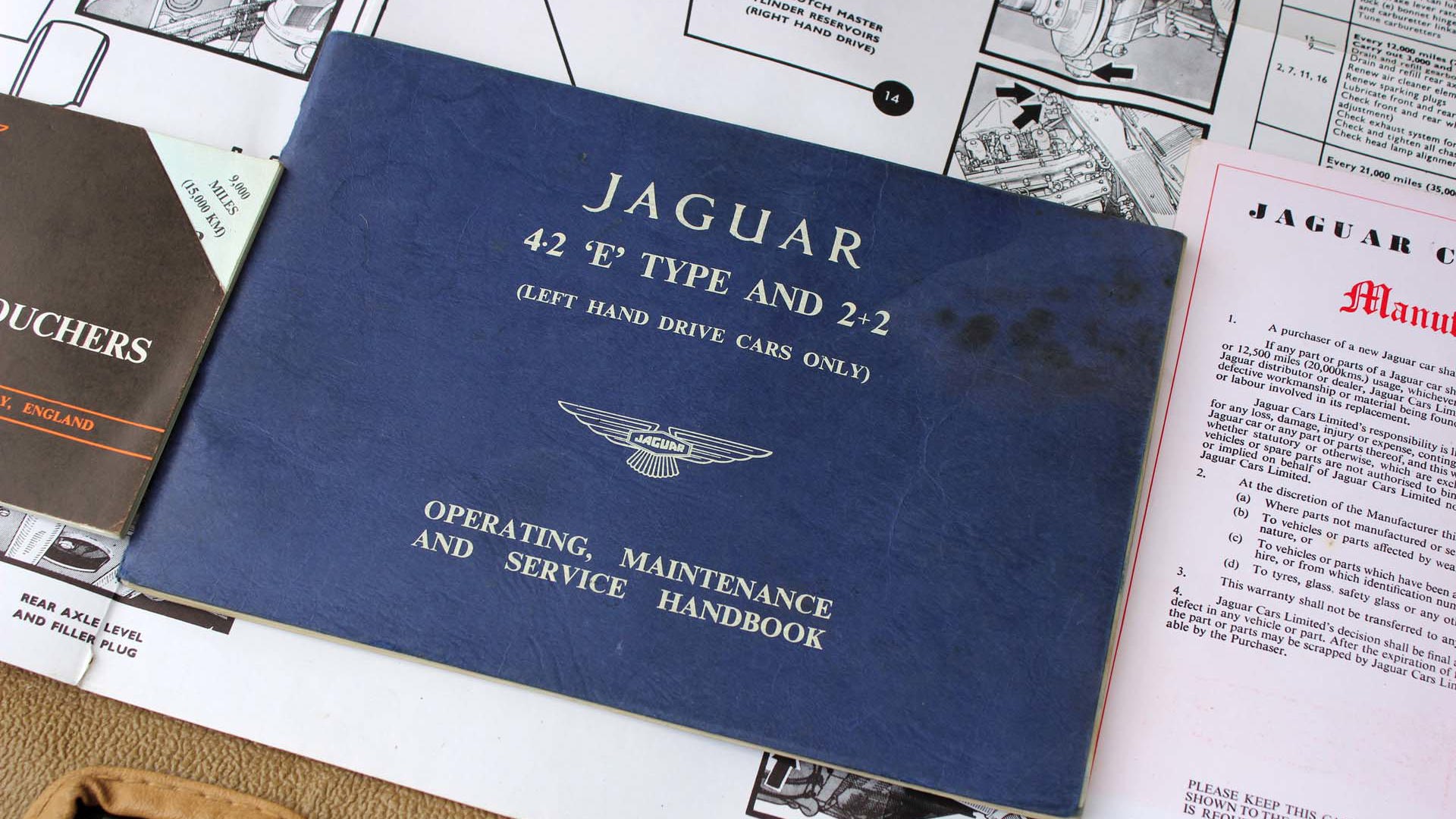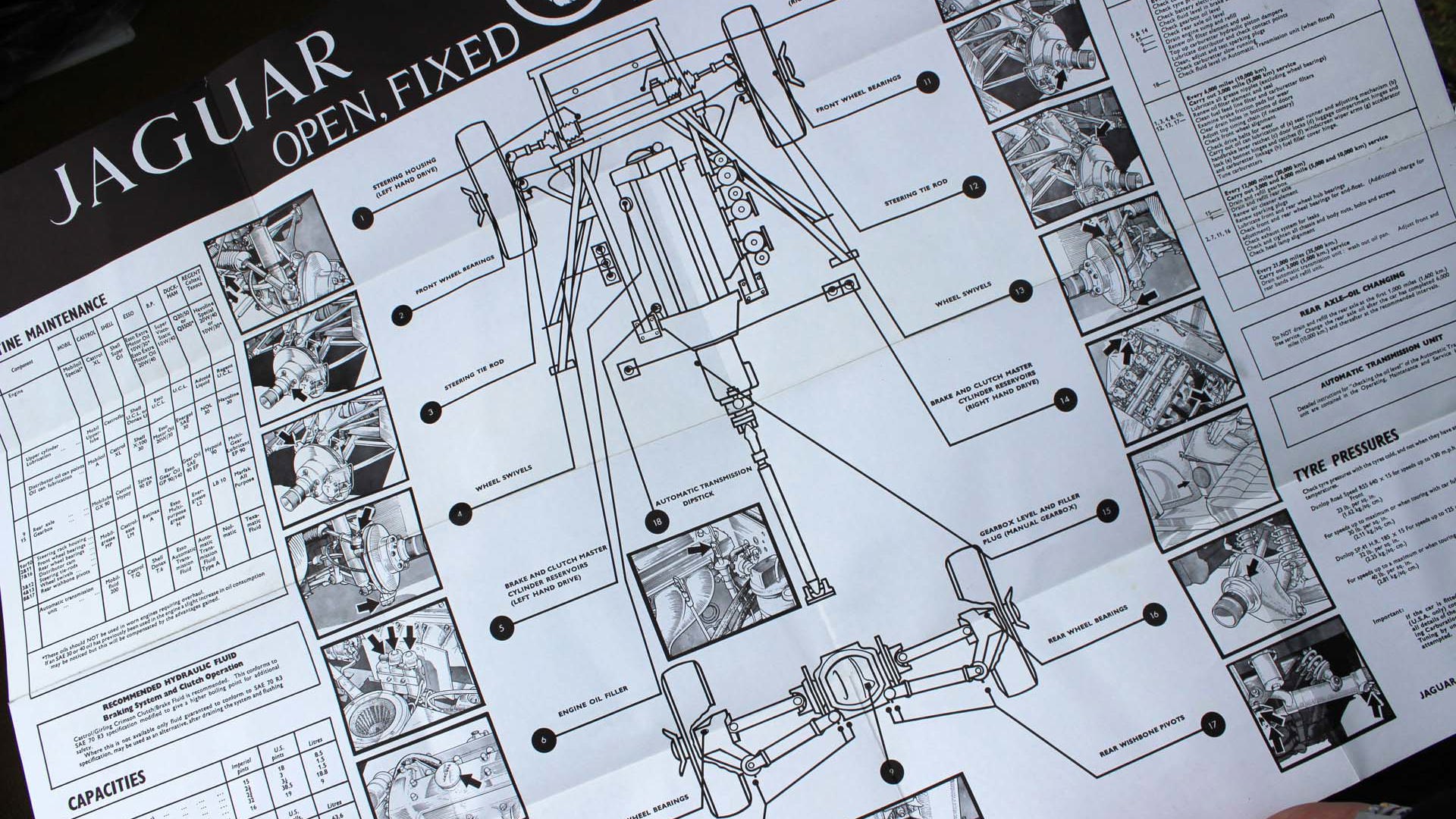They say you’re never supposed to meet your idols. There’s too much of a chance that your idealized thoughts are overblown, that you will be disappointed when you see what he or she – or in this case, it – is really like. I wouldn’t say that I subscribe to that, necessarily, but as I was preparing for this story, it did cross my mind. Especially when a colleague – who’s done the old car thing before – cautioned me not to get too excited.
Here’s the thing, though: I wouldn’t say that the classic Jag you’re about to read about was really an idol of mine at all. While the E-Type is instantly recognizable as a Jag (or Jaaaaag) by car people and non-car people alike, that’s a quality that had earned my respect, but not my googly-eyed admiration. In fact, I’d say – in my selfish car-crazy-weirdo way – that the fact the E-Type is so recognizable, so well-known, waters it down for me; my dream car garage has a Nissan GT-R-powered Stagea station wagon in it, for example. It doesn’t have an E-Type. So I was going in with little to no positive bias; either it was going to blow my socks off, or I would leave feeling just as ‘meh’ as I felt when I arrived.
Especially considering that I arrived in a Jag that is certifiably un-meh; I’d brought along a 550-horsepower, AWD 2016 F-Type R Convertible – a car that owes a lot of its inspiration to the E-Type – just to see how far along Jaguar has come.

Still, though. It is gorgeous, this E-Type, isn’t it? As soon as owner Robin Brown rolled back his garage door to expose it, I checked any nonchalant feelings I had going in at the door, remembering that ol’ man Enzo himself called the E-Type the most beautiful car he’d ever seen. The Pale Primrose paint is oh-so-right and oh-so-English sounding, while the wire knock-off wheels (actual knock off – a rubber mallet is required to remove them; no knock-off knock-offs here) gleam in the pale October sunlight. Indeed, it’s lucky we had sun. Brown says he doesn’t like driving in the rain. Not because the roof leaks – it doesn’t – but because the wheels are just so darn hard to clean, requiring painstaking work with a toothbrush and silver cleaner.
This is a 1968 Series 1 model, although Brown explains that a host of subtle interior changes actually make this a Series 1.5: plastic light and wiper switches (it was sunny, but I flicked the latter just to see the trifecta of wipers at work) instead of metal toggles and the addition of an analogue clock – by Smiths, just like the temp, oil fuel and battery gauges either side of it – are the biggest giveaways inside. Outside, uncovered headlamps also suggest this as a Series 2 model.
Under the hood, however, it’s anachronistic; that’s three SU carbs you see there instead of two Strombergs, which is what happened when the E-Type transitioned to S2 designation for 1968 (this is, technically, a ’68 car, remember), along with a dip in power to better comply with U.S. regulations. So while Brown’s car doesn’t have the fancy switchgear (except for the Blaupunkt head unit – that is properly awesome), it does have the more powerful (265-hp) inline-six engine. Which is all that matters, right?
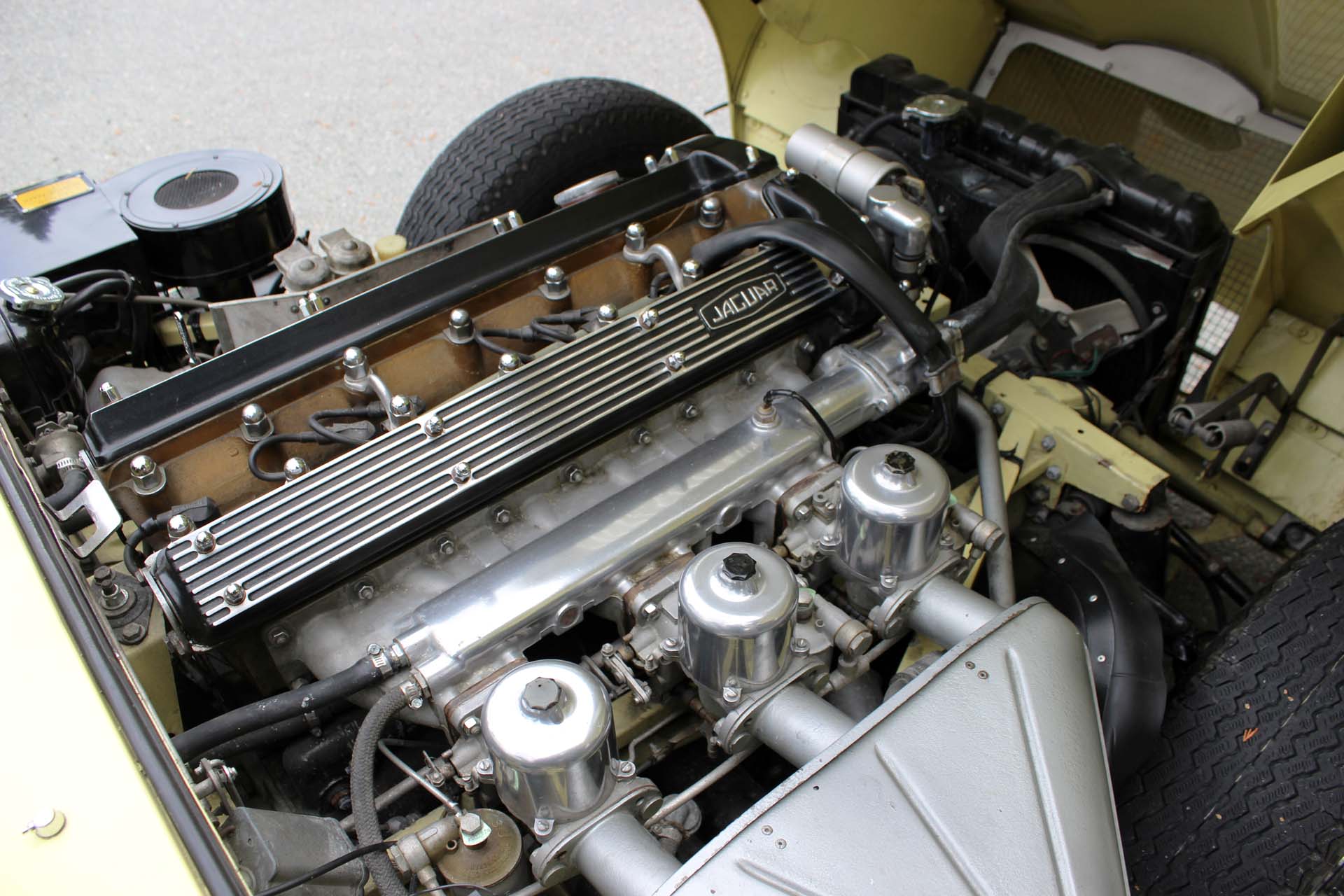
Well, as soon as you swing open the paper-thin door and (gingerly) lower yourself into the soft leather seat sans headrests – again, those were added to the S2 – you could have two carbs, no carbs, an electric motor; doesn’t matter. The sense of occasion would be the same. The skinny wooden steering wheel (so big that you have to reach through it to insert the key into the ignition), the Smiths tach and speedo and early 8-ball shifter all so poignant, so perfect, so exactly what you’d imagine high-class motoring in the ‘60s to be all about, that even the most hardened car scribe has to be stopped in his or her tracks. I know I was.
That’s before you fire it up. Oh, and once you realize that your height means you’re pretty much staring directly at the top of the windshield, as I was.
There is a choke, but the weather was such that we didn’t even have to use it; just reach through that woodwind, twist right, and you’re off. You have to be careful, though; the starter motor is loud, so much so that when the engine does turn over – and Brown’s does as quickly as you’d expect any modern car to – you can’t hear it over the starter. Be careful not to overdo it.
That done, and everything else happens as naturally as you’d expect from any modern car, once your muscles begin to understand that no power steering means a little more work at lower speeds.
Which, as unusual as it sounds, is a good thing. While part of me was nervous that my vast experience at the wheel of so many different modern cars meant that I’d be given a bit of a rude awakening once I took the wheel of this one, I kind of wanted it to be a bit of work. I wanted to earn the right to pilot the car at speed on roads that I’d taken so many modern sports cars on.

Aside from the lack of power steering, though, the Jag was as friendly as could be; we’ve all seen the feel of a gear lever described as “that of a finely-oiled rifle bolt”, but I’d never truly understood what that meant until now. The item in Brown’s Jag is likely the closest I’m ever going to get to personally experiencing that little piece of journalistic hyperbole.
Click-clack, 1st. Click-clack, 2nd. Click-clack, 3rd. Click-clack, 4th. Click-clack, 5th – wait, it’s a four-speed, so there is no fifth and fourth is pretty much an overdrive so it’s click-clack, back down to third and time to let those carbs breathe.
And breathe they do, with a fantastic, metallic exhaust growl to accompany the brisk acceleration. Yes, the F-Type R will floor you – really, it will – when given similar amounts of welly, yet there’s enough nice, linear thrust here to keep you focused.
Brown’s car is also running on Dunlop SP radial tires, meaning I was perhaps a little more conscious of my corner entry speeds than I normally would be; luckily, the E-Type benefited from Jag’s involvement in sports car racing, most notably in the braking department. The D-Type Le Mans winner used Dunlop discs, one of the first cars to do so and the first to have any real success with them on the race track. So, the E-Type gets a set of those too, and once you get past the firm pedal feel, they are properly effective.

If that won’t, the wind in your hair (and for me, face) surely will – be sure to bring a warm jacket – but as you glare out over the longest of long hoods, the wind is just another element to the classic car experience. I mean, imagine how the driver tasked with getting the original E-Type – the first one – from its birthplace in Coventry, England to Geneva, Switzerland, felt after an all-night mid-winter 700-mile drive on mountain roads through scenery similar to what you see here? It’s that kind of romanticism that makes a car like this special, regardless of how well it’s known, how powerful it is, or how pretty.
Which makes the E-Type that much more significant. I came in admittedly biased against it in my lack of awe, a little, but my perception has changed. Maybe it’s how Brown has all the original service manuals in pristine condition in the trunk. Maybe it’s the true knock-offs. Maybe it’s the fact that you can extract a fantastic drive from the car without having training in either classic racing or heavy machinery operation.
For some help with an answer, let’s turn to the F-Type R for a moment.
I’ll start off by saying that when I first tried the supercharged V6 version of this car two years ago, it blew my socks off. At the time, it sounded great, it looked great (still does) and it drove well save for the lack of a manual transmission (which has since been added to the lineup) and some slightly numb steering.
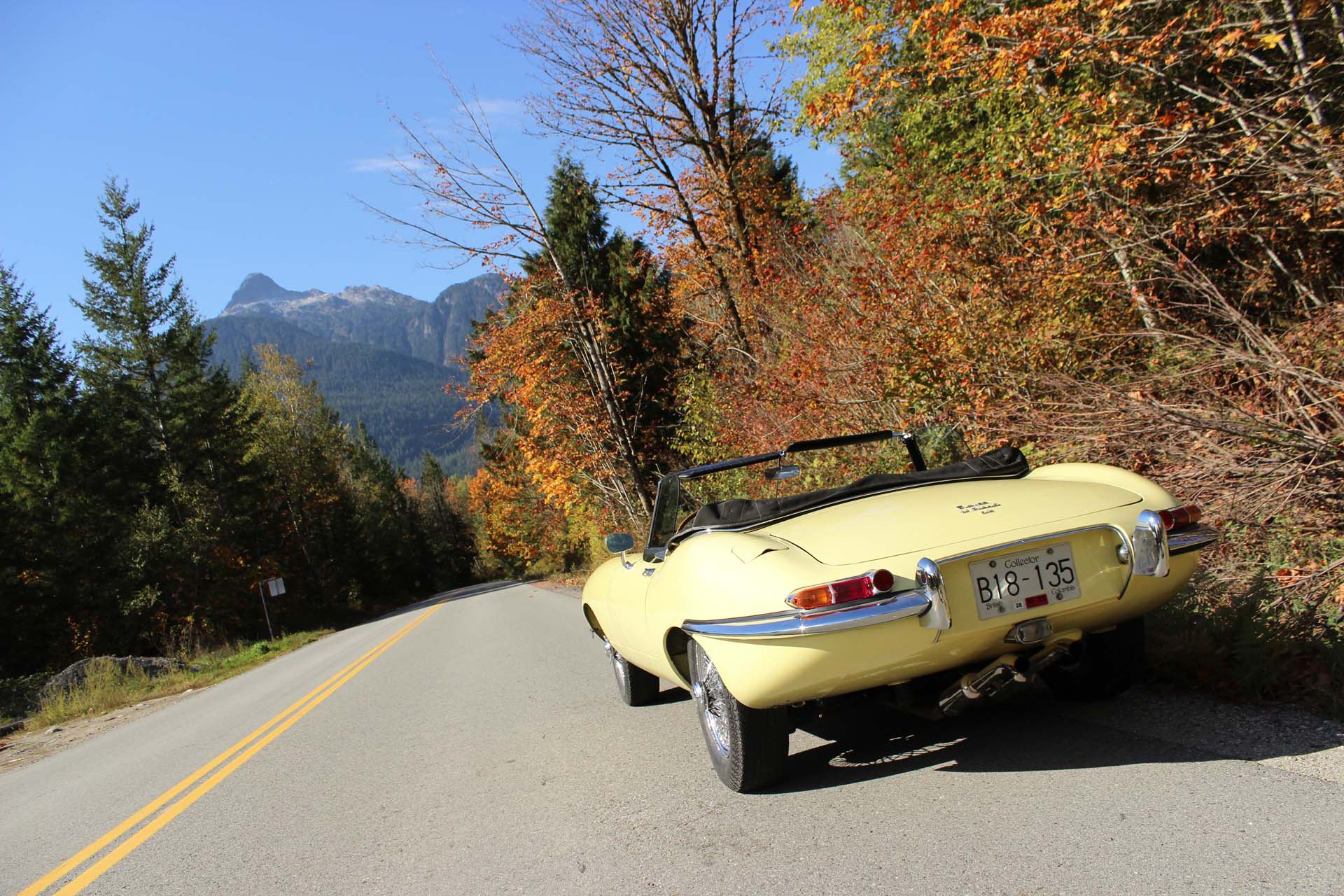
The V8 takes things to another level; its cracking, popping, bellowing exhaust note seems to come oh-so-close to shattering shop windows – especially if you select the louder setting with either Dynamic mode or by prodding a button below the shifter. The power delivery is astounding and while it remains a rambunctious car, the addition of AWD makes for much calmer progress in most driving conditions. It’s an incredible feat of engineering, is incredibly fast and will likely turn heads for years to come.
But it’s not an E-Type. I drove the exact same road in the F-Type not five minutes after I drove it in the E-Type, and something was missing. It’d be easy to blame it all on the romantic intangibility of an old classic. But here’s the thing: we talk about it all the time: electronics getting in the way of driving enjoyment, overly intrusive traction control, etc. I guess I sort of feel that way, too, but it was never a huge problem for me; there are still plenty of cars out there – new, 2016 model year cars – that offer (nearly) uninhibited driving fun. Cars like the Mustang, MX-5, BRZ/FR-S – even the Porsche Boxster. Not to mention, I was always sure that yeah, the lack of any kind of electronic aids – from power steering to electronic throttles – would get tiresome after awhile and leave me wishing for less steering feel if it meant my wasting less elbow grease.
However, now that I’ve had the chance to experience a generational rift like that which exists between the two Jags, I have to agree that there is some merit to the lament. It’s also not that hard to see what the issue is, starting with the steering wheel. The item in the F-Type is thick, chunky and wrapped in beautiful leather. The E-Type? Old and wooden, worn smooth by years of use, all compounded by the fact that you have to really grip n’ twist thanks to the lack of power steering. The F-Type’s throttle response? Immediate. The E-Type? More progressive, so as you mete out the power, you get the feeling that you’re really building momentum. Don’t even get me started about how great it feels to be surrounded by such craftsmanship inside the E-Type; it’s not that the F-Type’s buttons and knobs are bad – the gauge cluster is, in fact, crisp clear and ultra-modern – but our test car didn’t even have the fantastic copper-coloured accents that other F-Types do, so it’s up a little on the sterility scale.
So, in the end, what the E-Type shows is that you don’t have to have truck-like controls just because manufacturers didn’t have access to swathes of carbon fibre and plastic. It shows that a car can be accessible, without being boring and over-assisted. Even the roof, which takes a little work – and which I was sure would be leaky and require a degree in structural engineering to operate – isn’t that big of a deal at all. I guess what’s truly surprising is that the E-Type, for all its classic design flares and panache, is as easy and rewarding to drive as a modern MX-5, if not more so.
Enzo was on to something.

